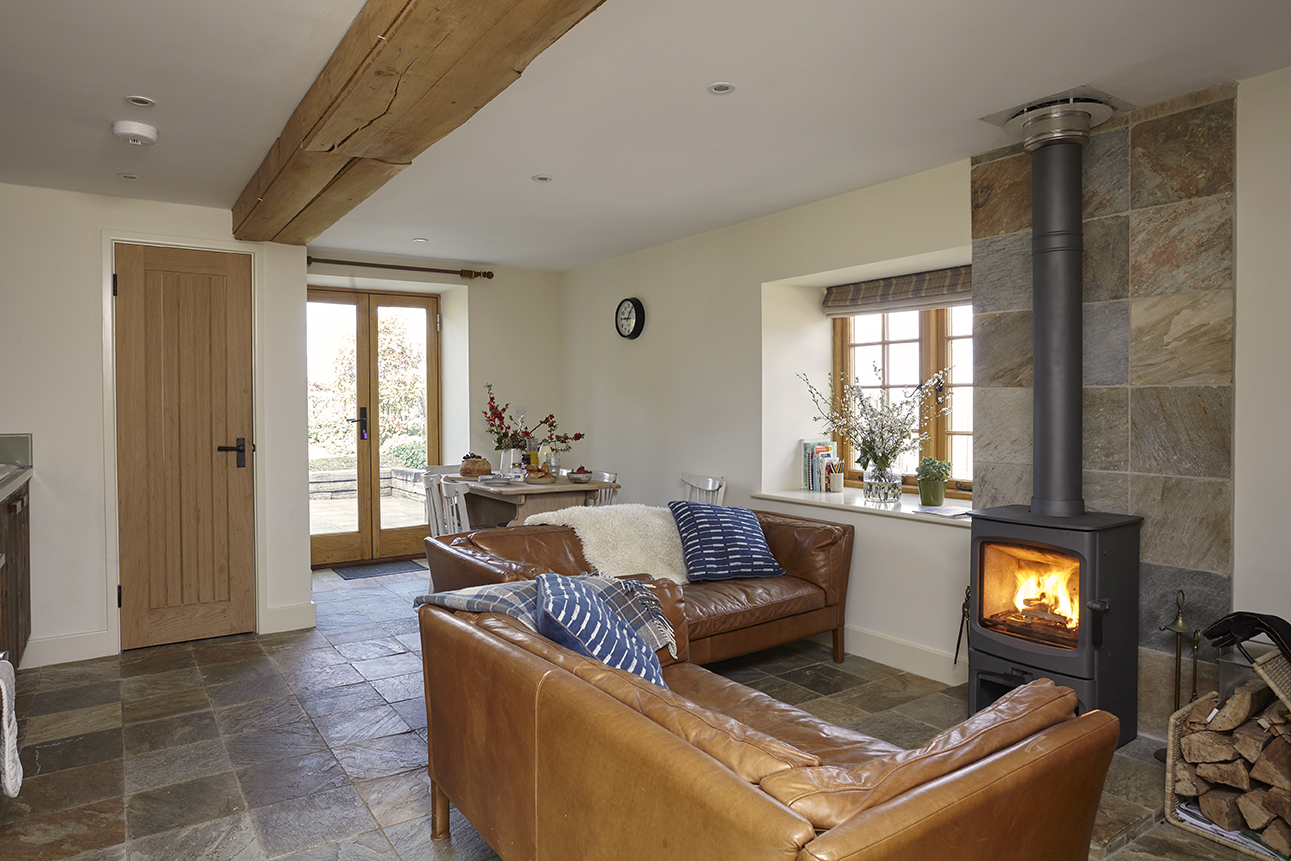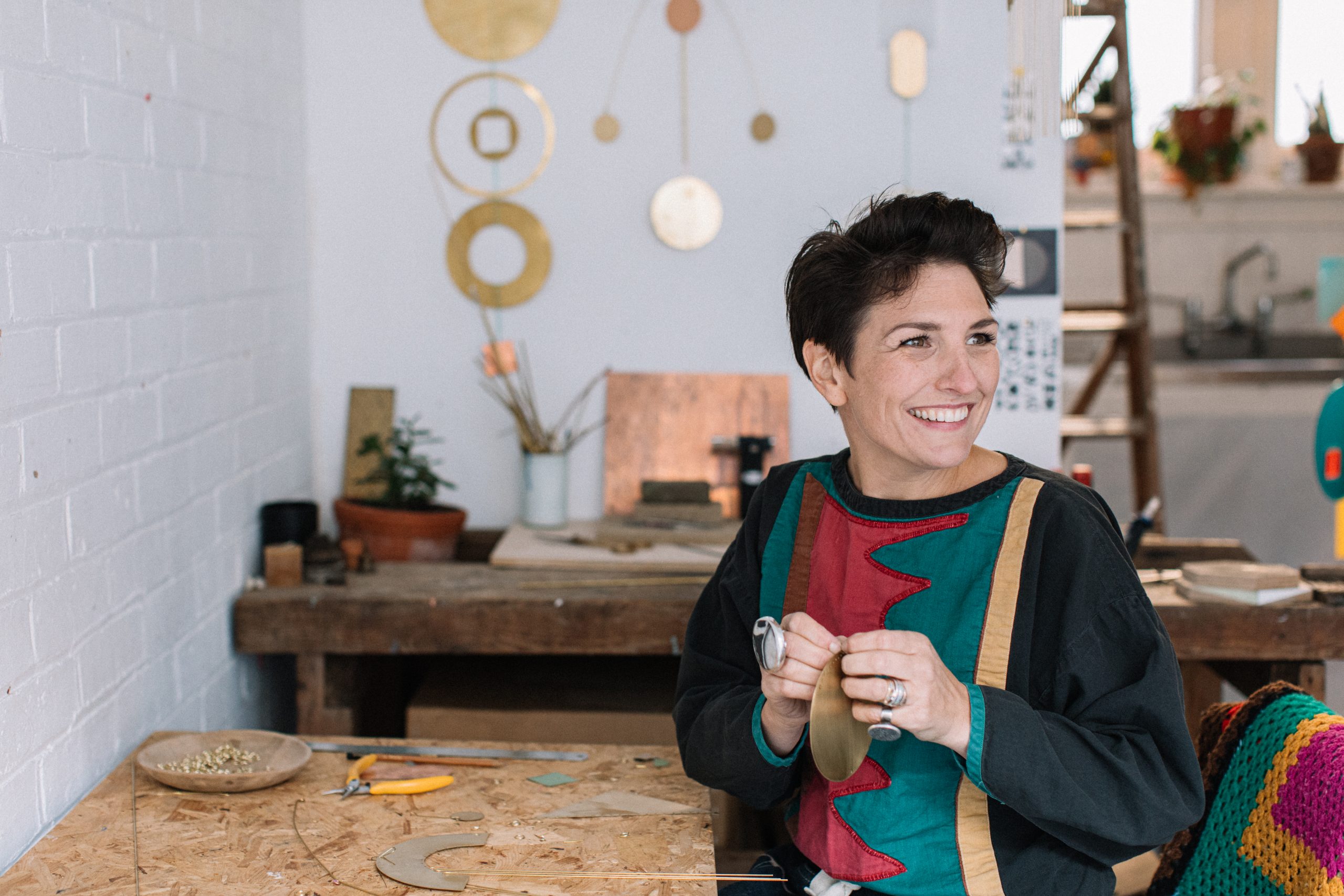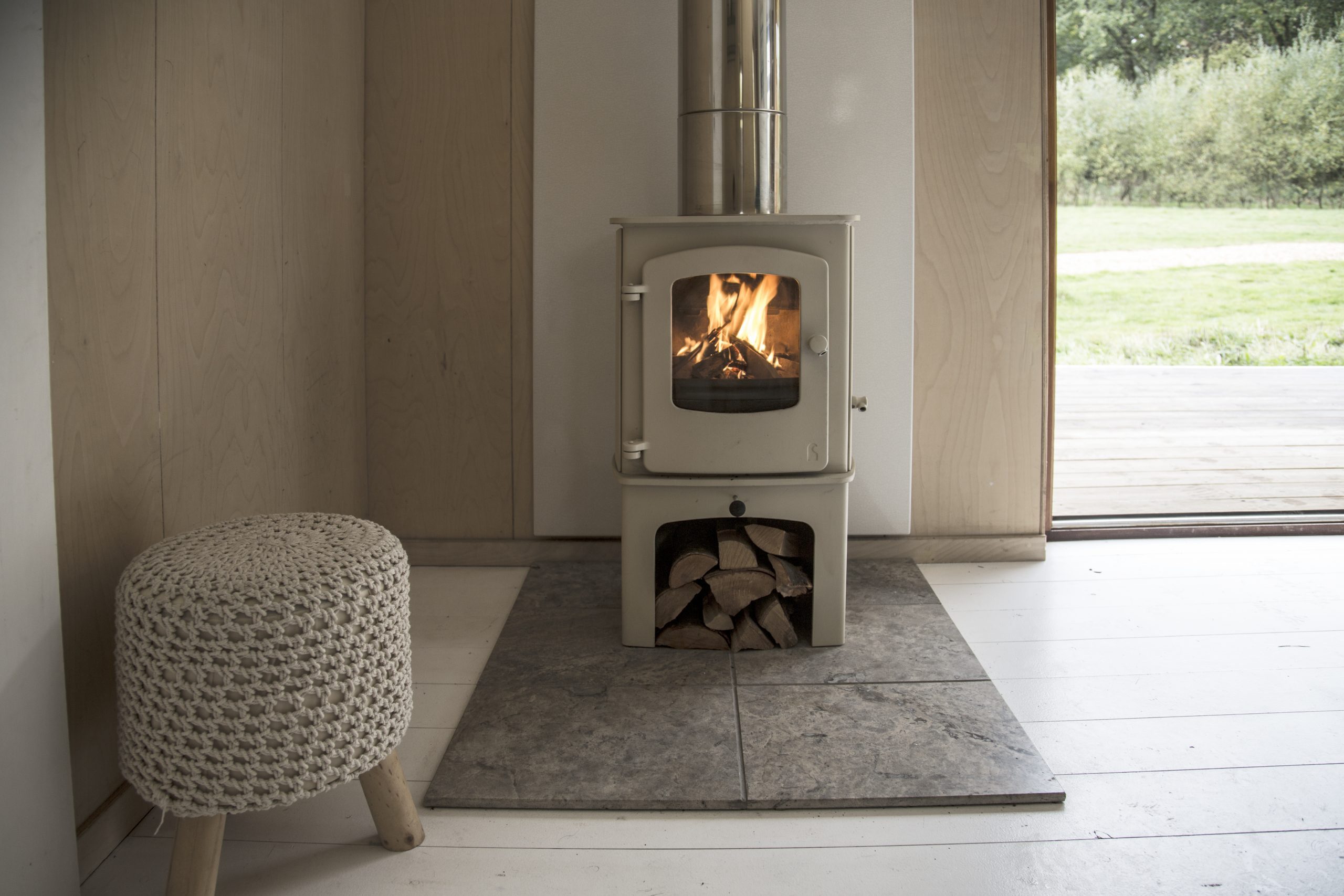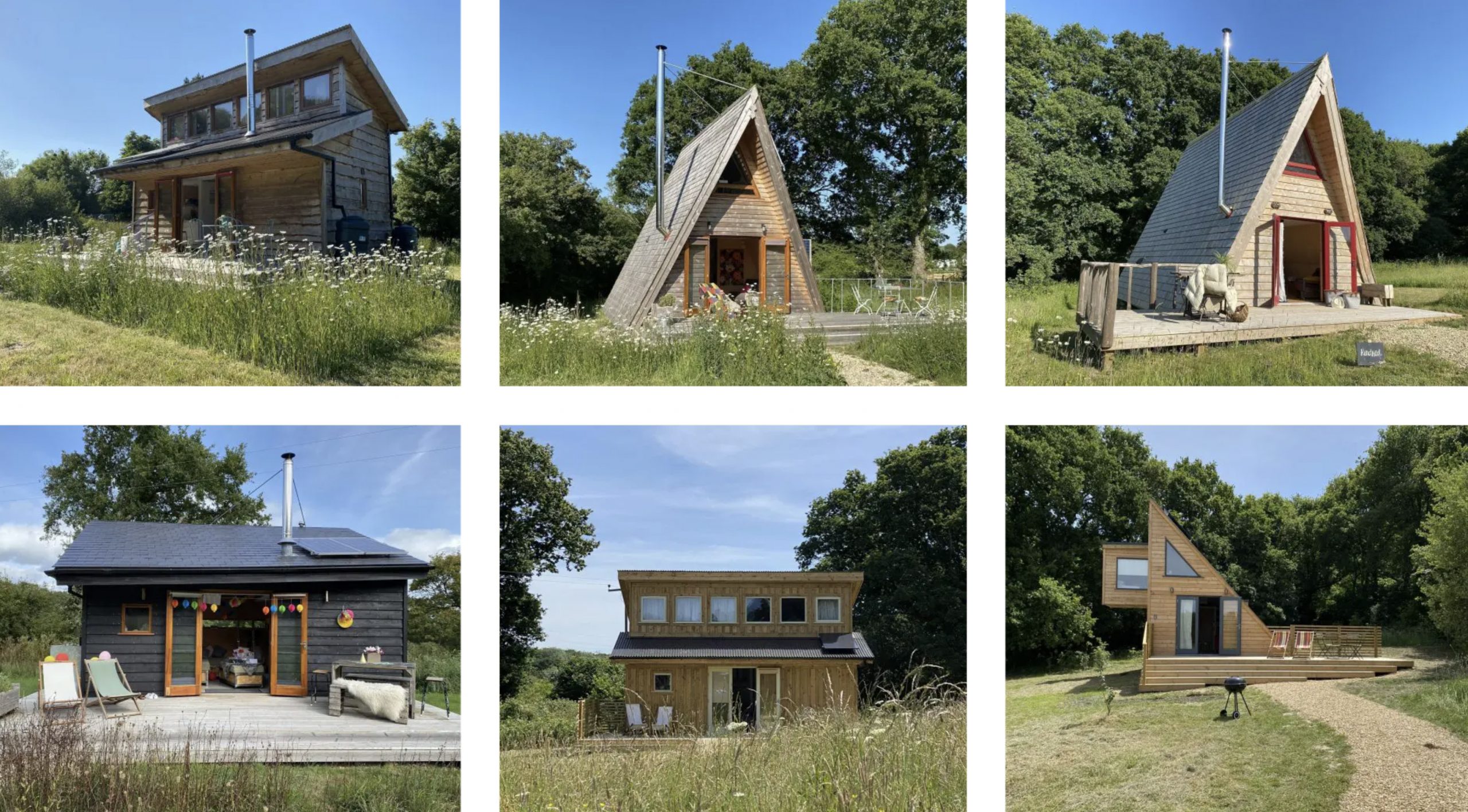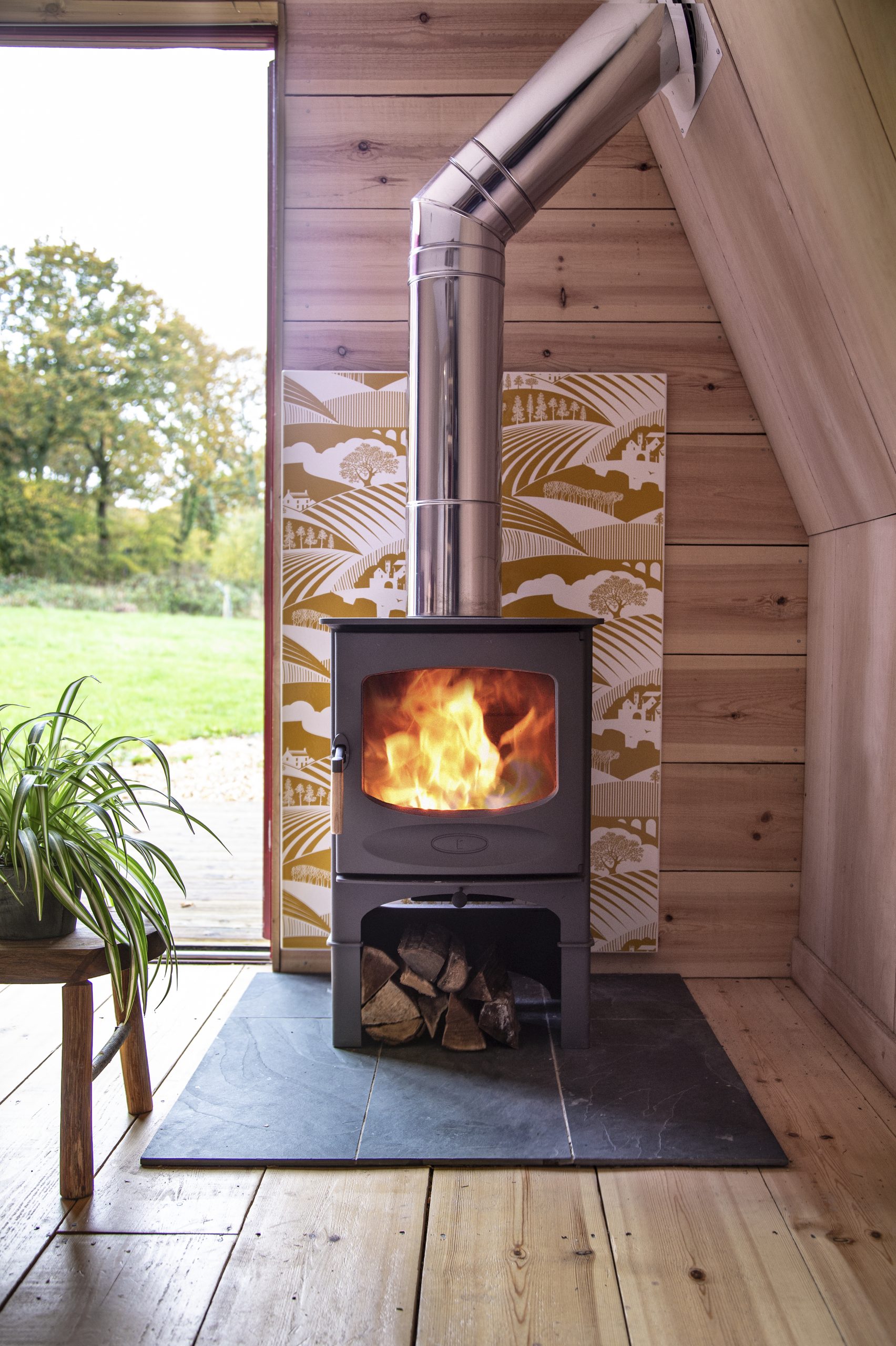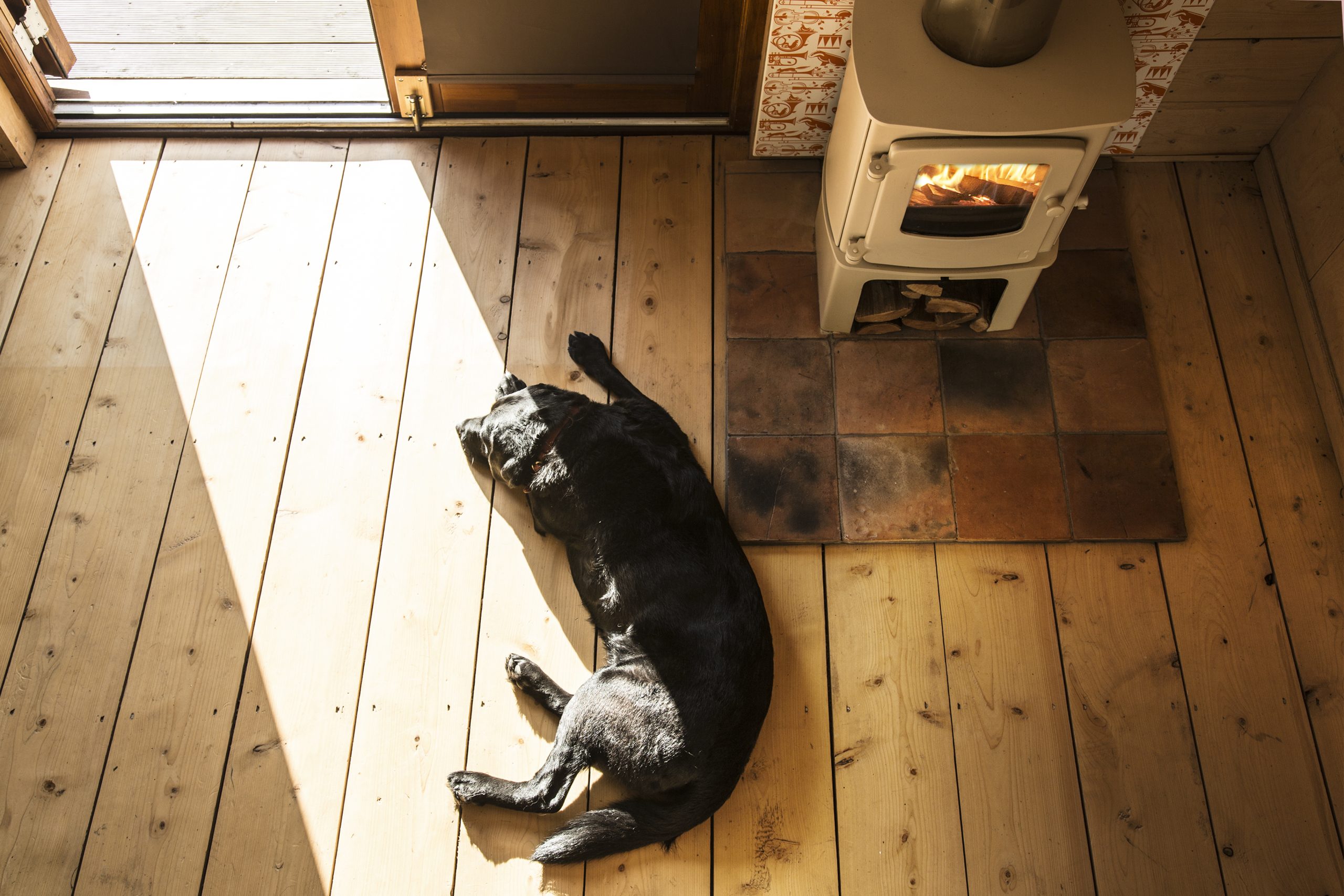As the heart of the home, the kitchen is the perfect place to pay attention to when it comes to your interior design. If you love to spend time whipping up a culinary storm and dining together as a family, it makes sense that you give the kitchen the touch of TLC it deserves when it comes to decorating. In the name of creative inspiration, we’re here to help. Today, we’re looking at 3 reasons you should consider bringing a fireplace into your kitchen design - offering tips and advice along the way so you’re left with a space the whole family simply loves spending time in.
1. It can be stunning focal feature
Unlike most other rooms in the home, the kitchen serves several practical purposes, and this means that the appliances often act as the focus points in this space. While you might have an attractive looking fridge or top-of-the-range washing machine, it’s unlikely that you want to draw attention to functional appliances when you’re considering interior decor.
By bringing in a fireplace, you can accessorise the borders and hearth with fireplace tiles to completely transform the look of your kitchen and make the fireside the focal point. A wood burning stove, acts as an eye-catching feature in its own right. However, you can always add the finishing touch by having a basket of wood and any pokers or accessories beside the stove.
2. It will provide warmth in winter
When the winter months set in, home cooked food is what most of us crave. But preparing to spend potentially hours in a frosty kitchen doesn’t hold much appeal, especially when you can be sitting snug and cosy with your throws by the fire in your living room – so how do you remedy that? Bring the fire into the kitchen, of course!
Heating your home using your kitchen fireplace can also be a way to keep energy costs low. Most modern stoves today are highly efficient and very clean burning. From wood pellets and firewood to mineral fuels, there are several options available to you when it comes to using your fire, so you can spend some time figuring out the best option for your home.
For more information around making the most with a fireplace during winter, check out our additional blog here.
3. It will create an atmosphere
Last but not least on our list of reasons for adding a fireplace to your kitchen is the atmosphere that this can create. A fireplace can add character to a room that has perhaps previously been all about being functional. While it still provides a purpose, it can be an attractive centrepiece even when not in use.
If you’re lucky enough to have space for a dining table and chairs in your kitchen, a fireplace could be the perfect finishing touch. In the winter evenings, you can light it up and allow the warm glow of the fire to bathe the kitchen in an ambient light as you eat together as a family. In summer when the fire isn’t needed, use the hearth to display candles and freshly picked flowers.
By choosing to have a fireplace in your kitchen, you can create a truly unique focal point that is practical, yet gives off bags of aesthetic appeal.
Author bio:
Suhayl Laher works at Tiles Direct, one of the UK’s largest independent tile distributors and retailers – bringing design inspiration to homeowners, architects and developers.

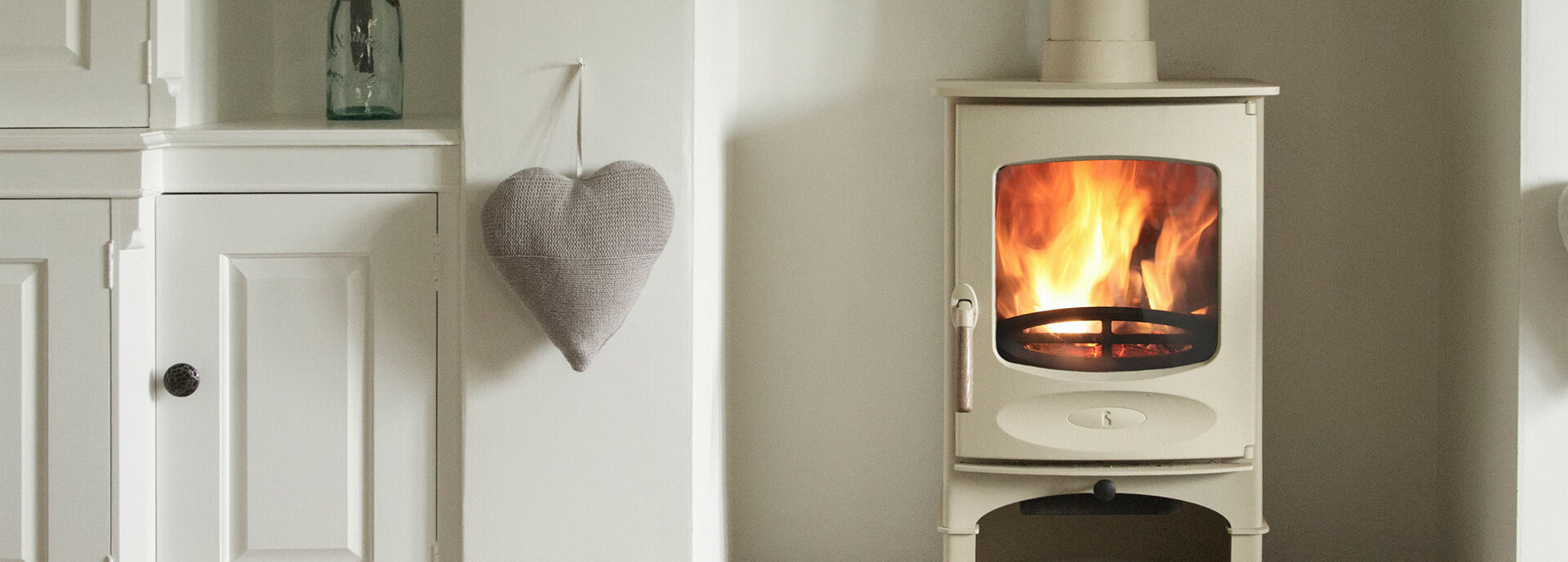
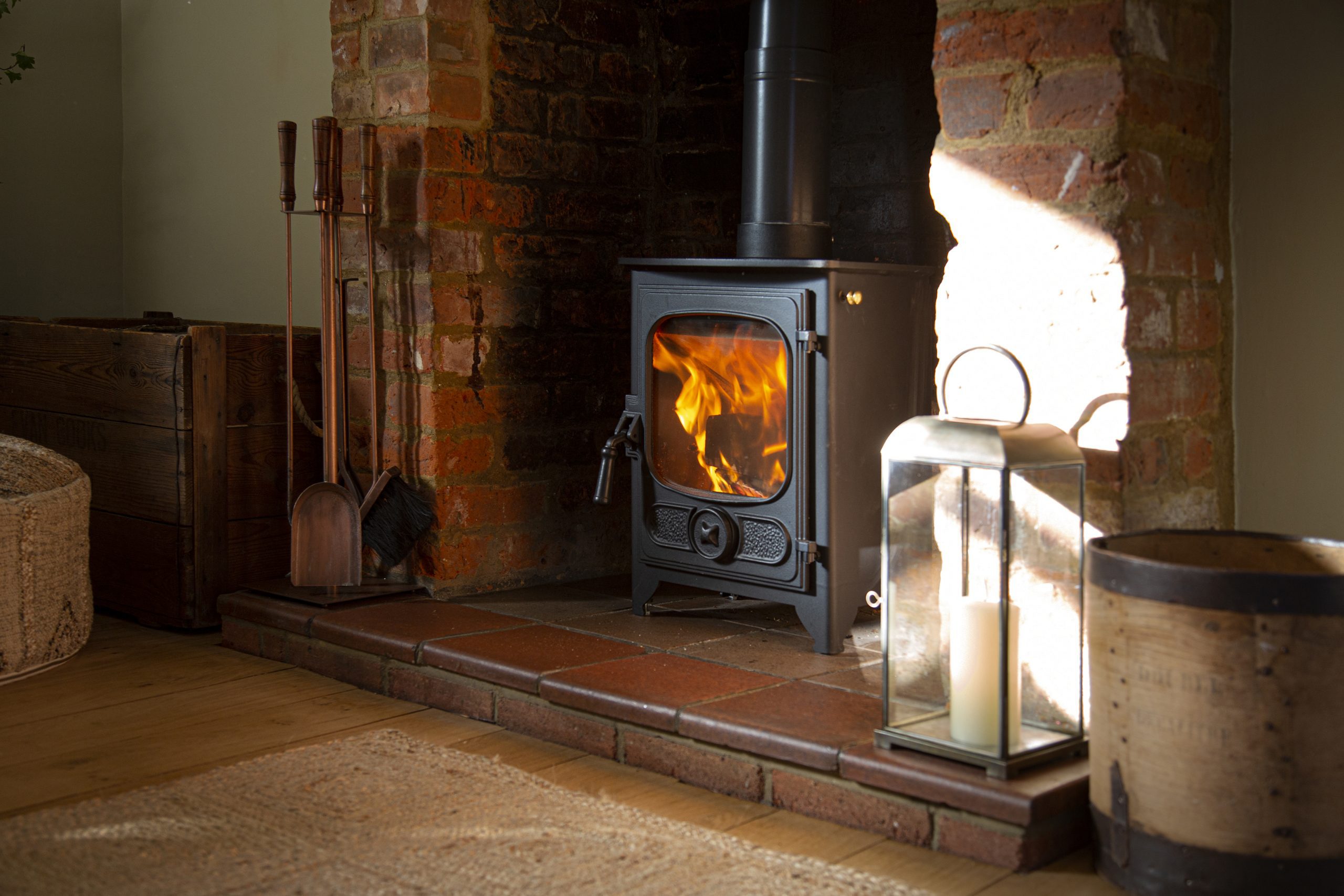
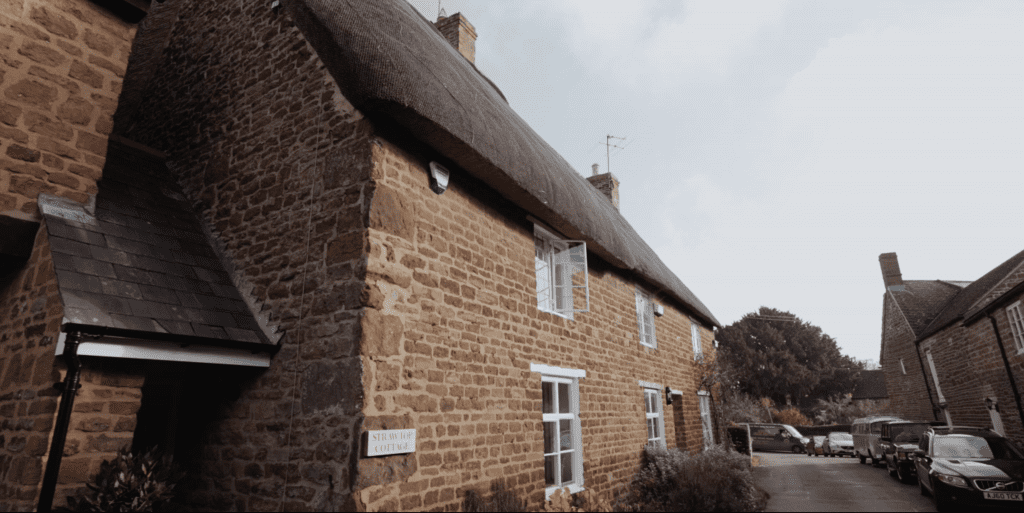
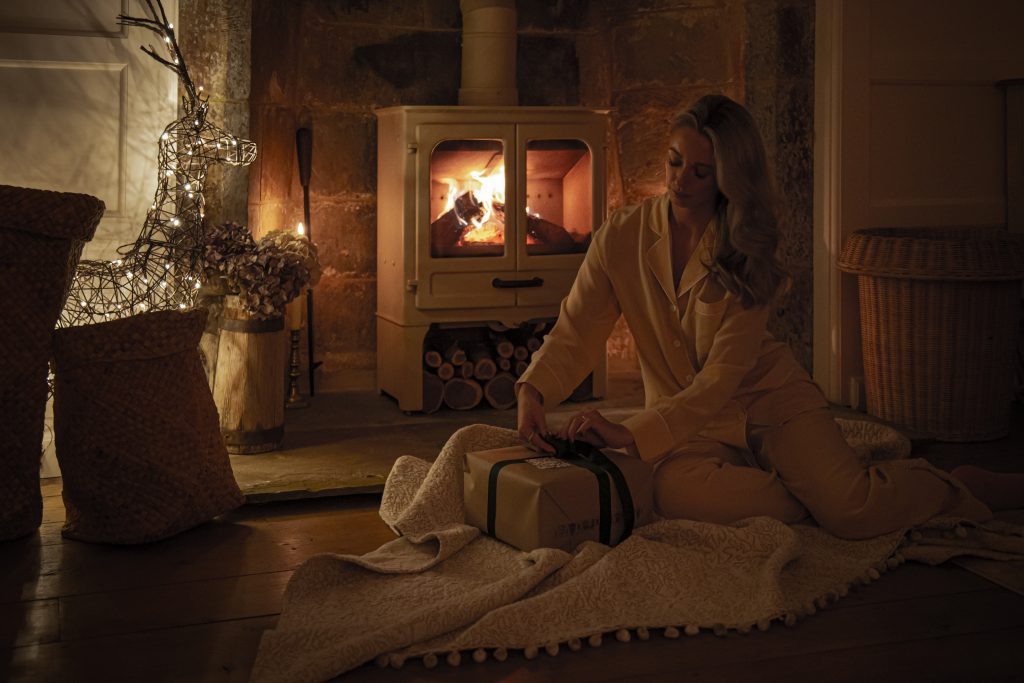
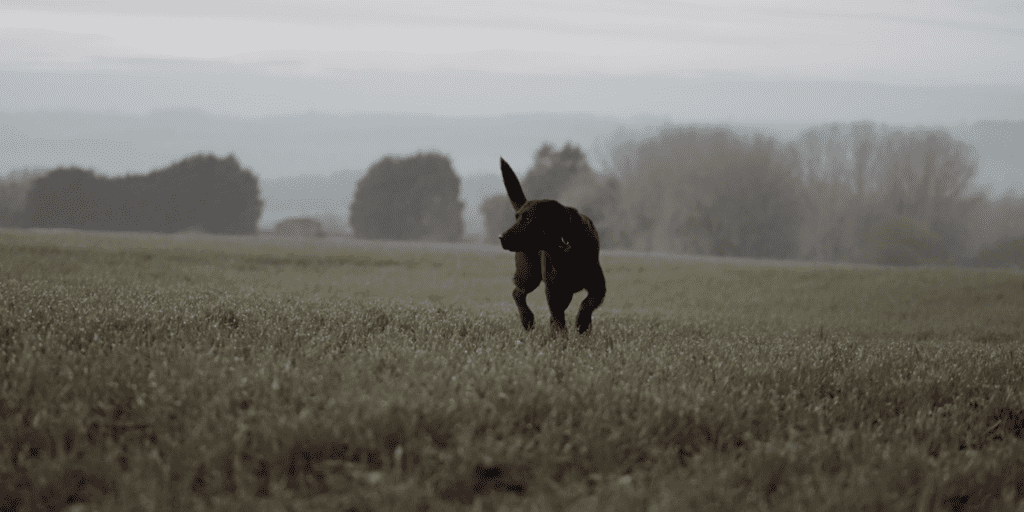
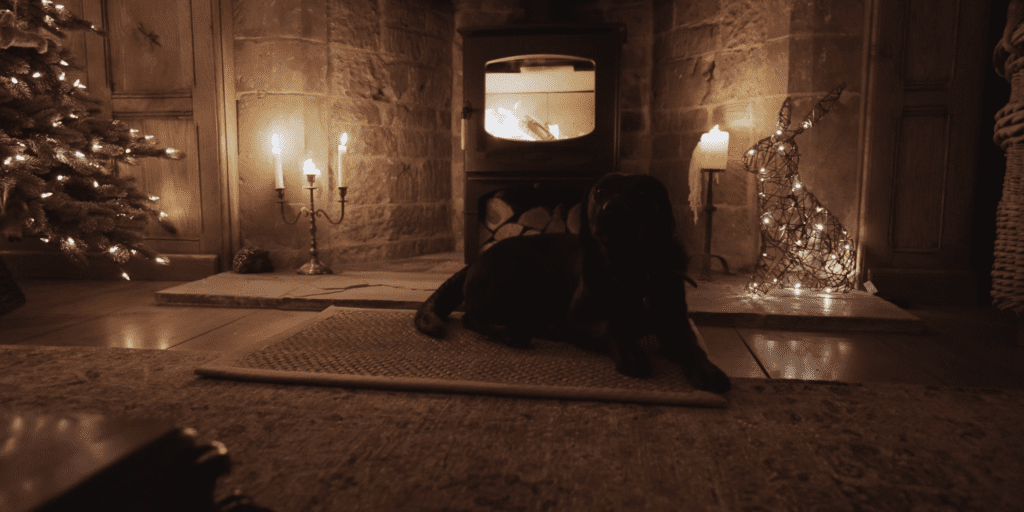
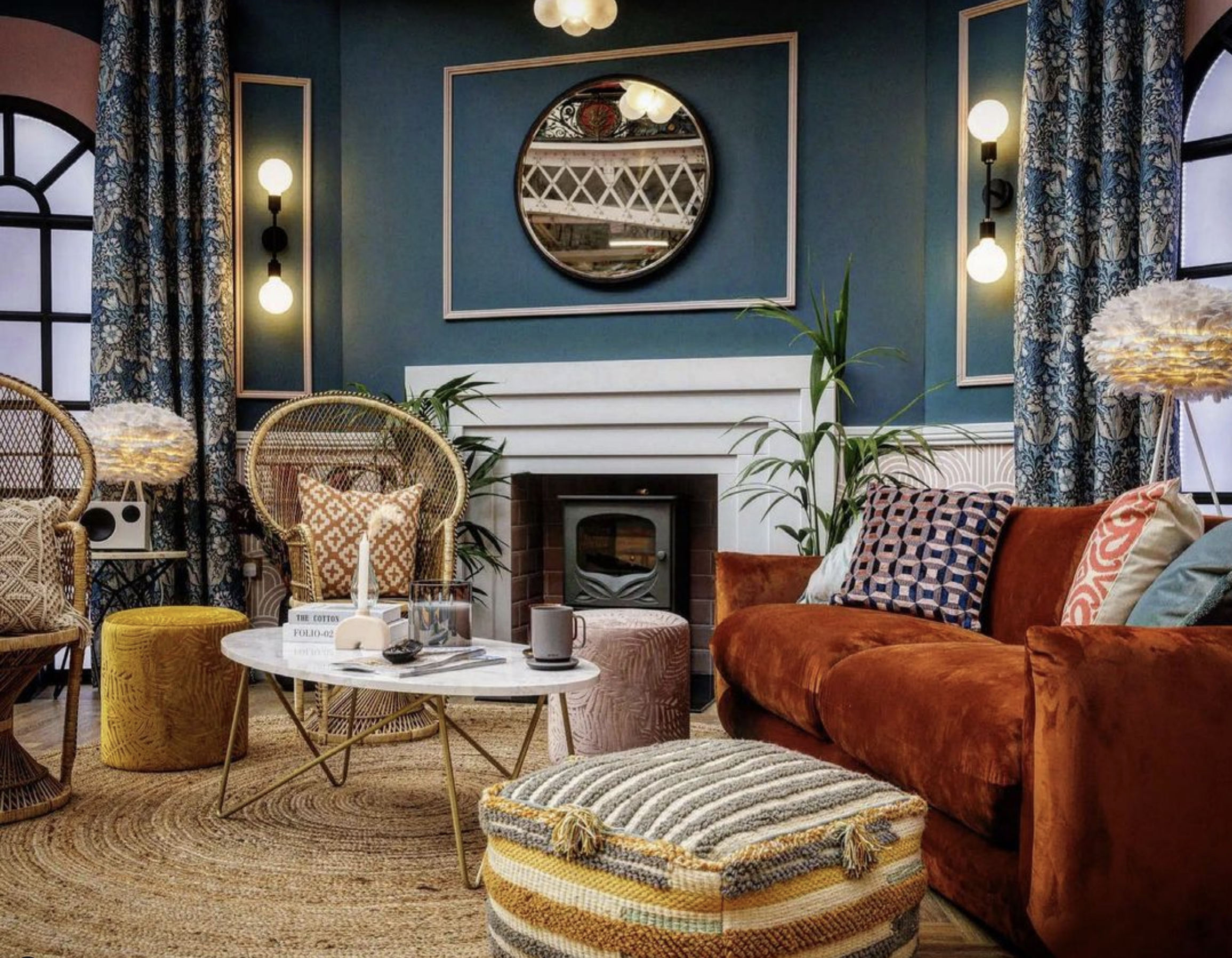
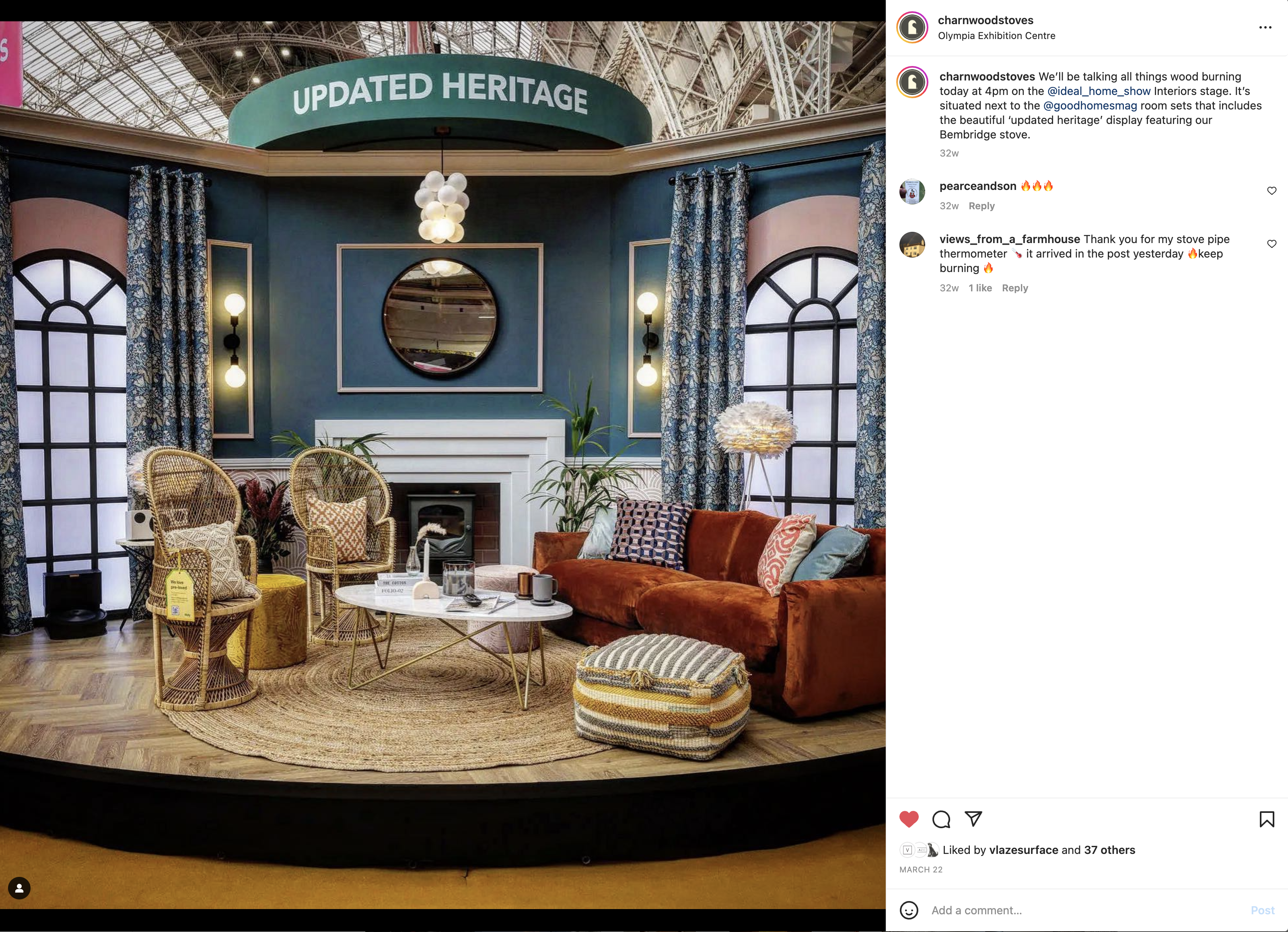
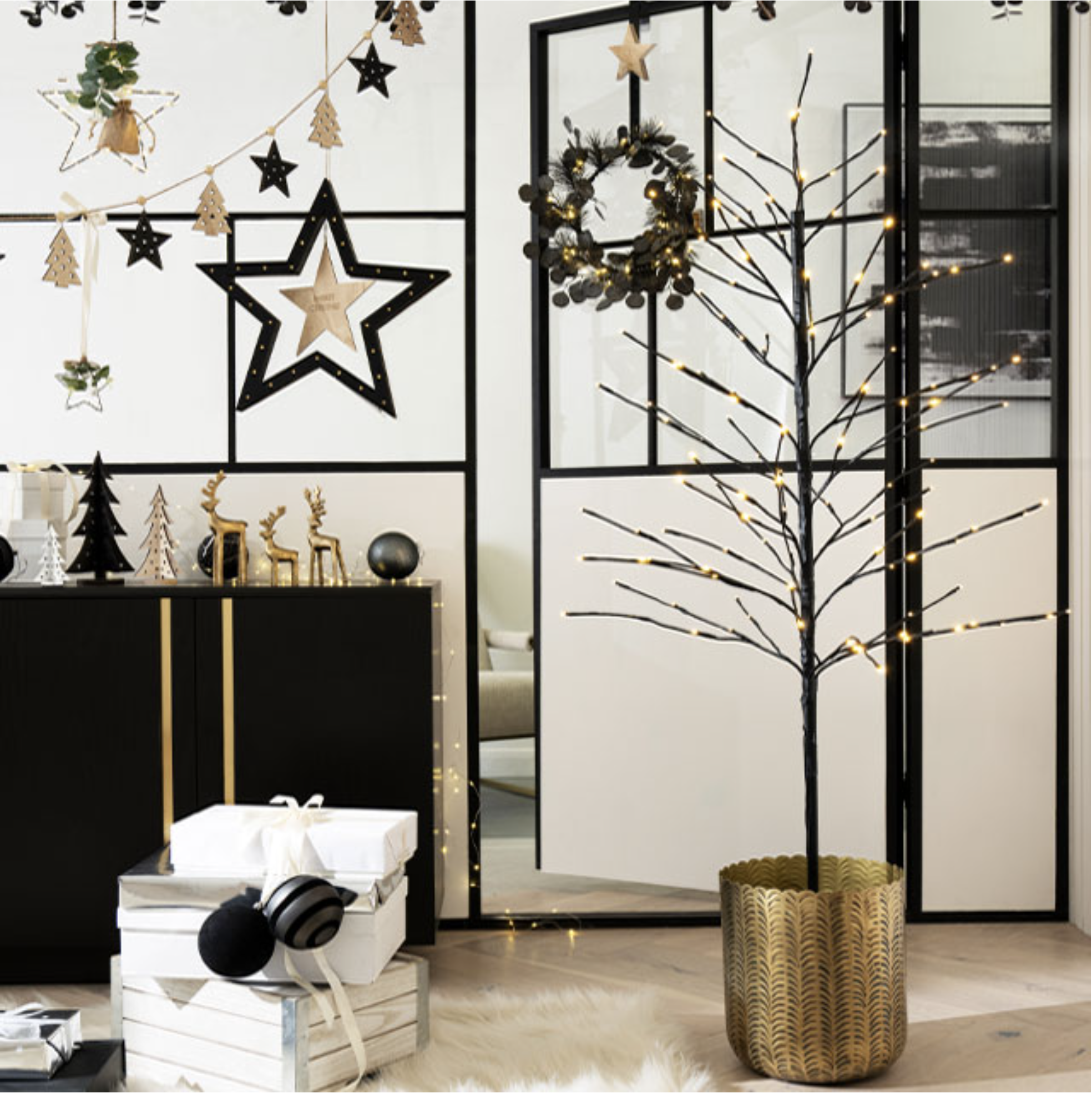
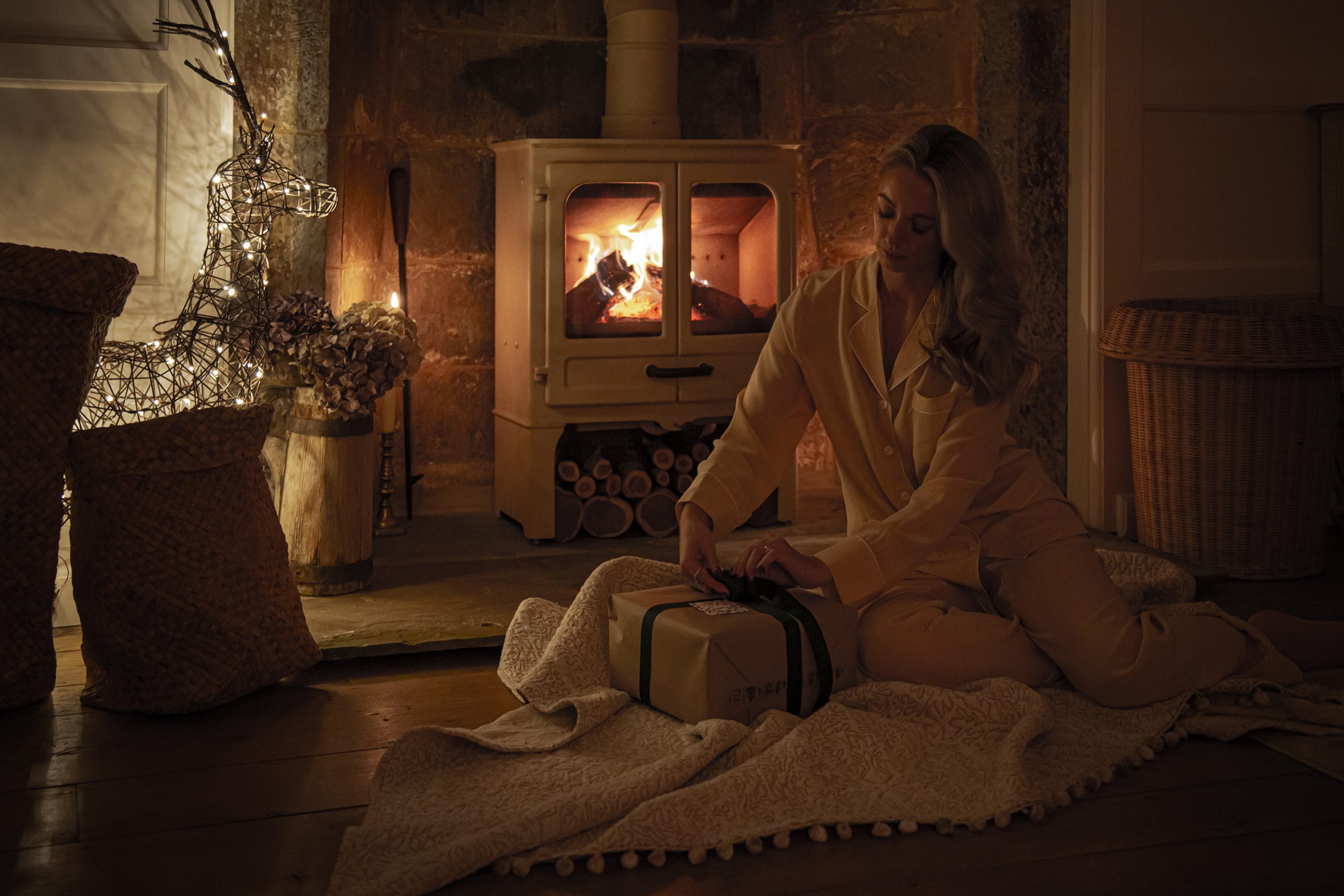
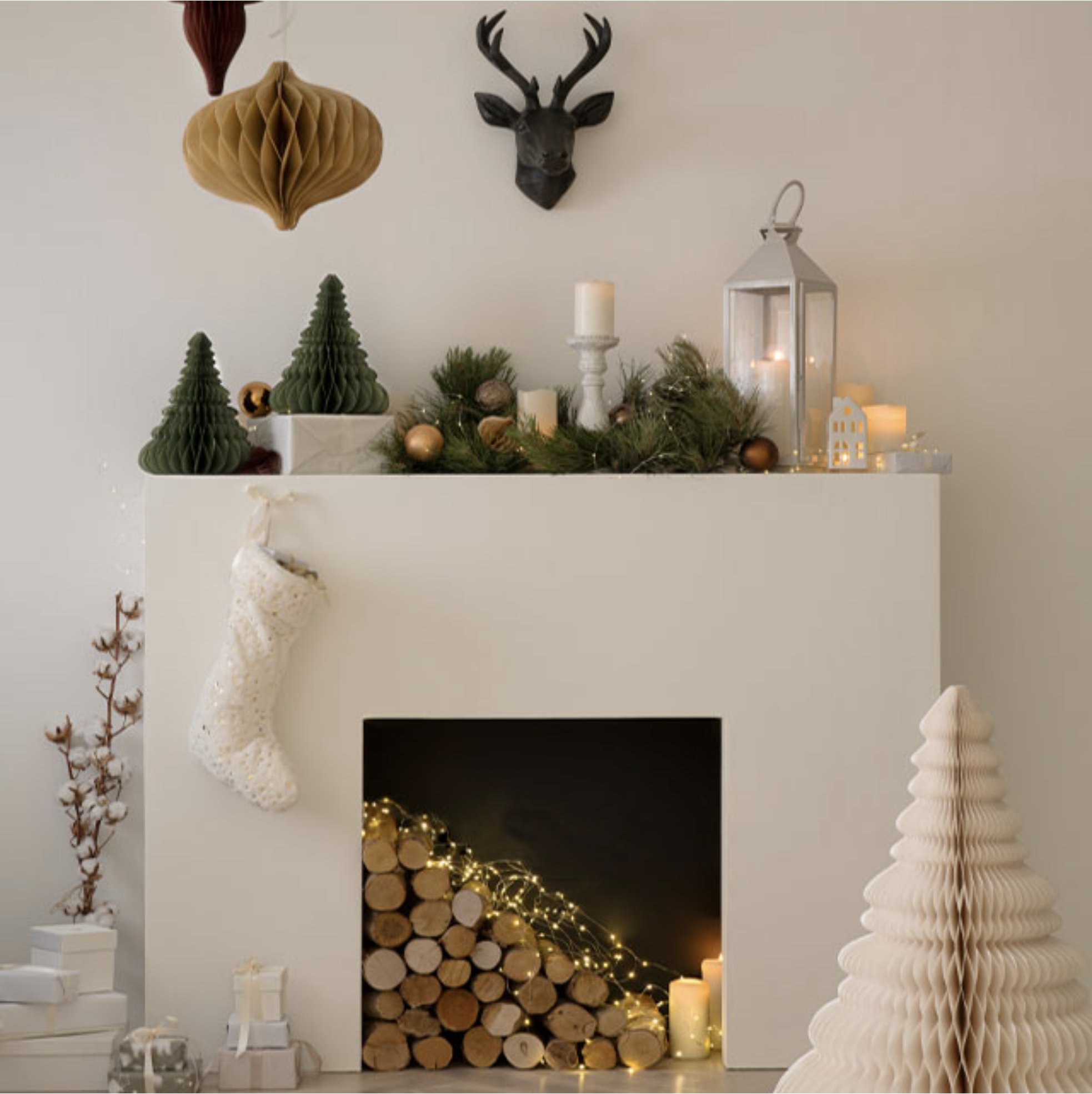
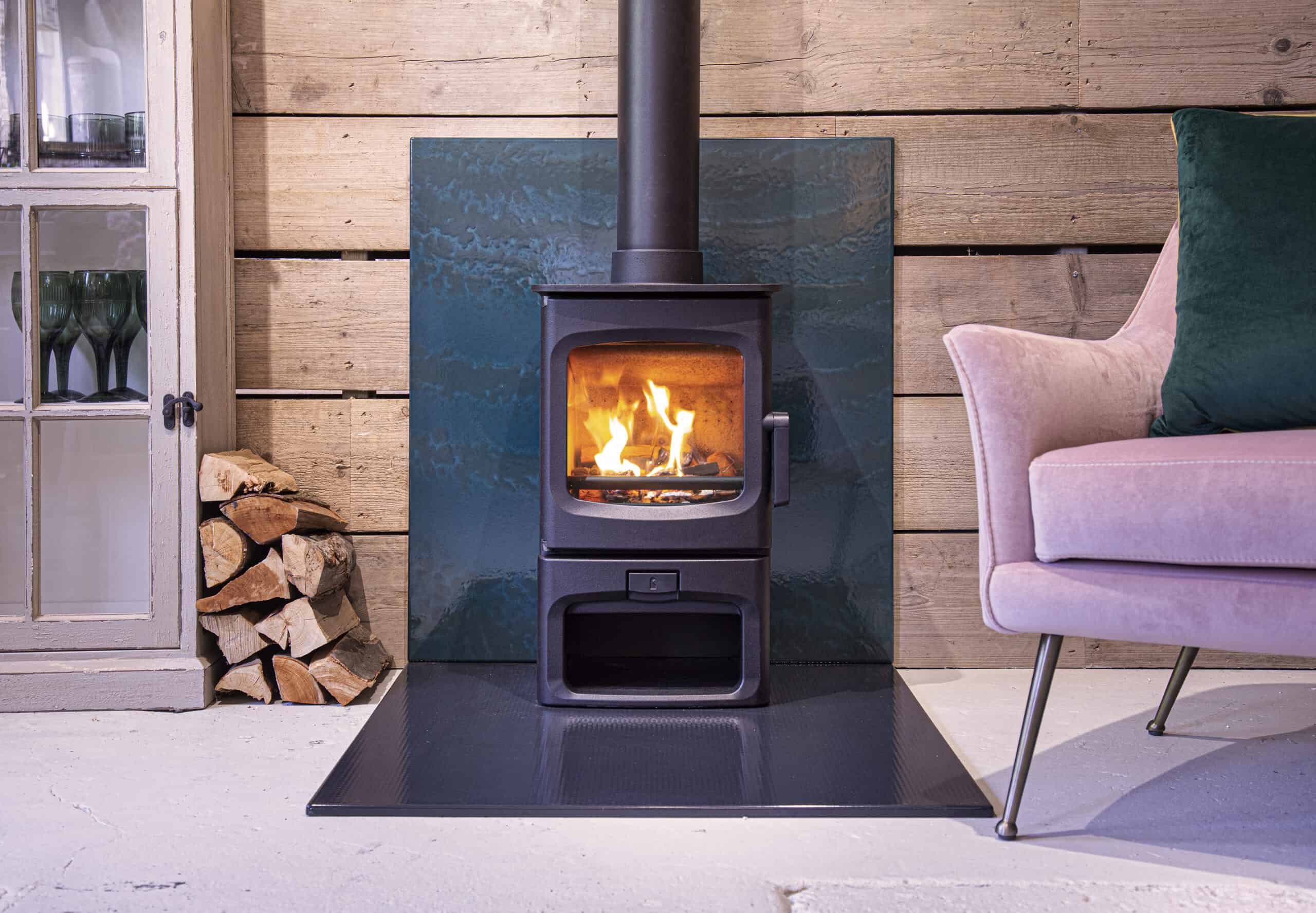
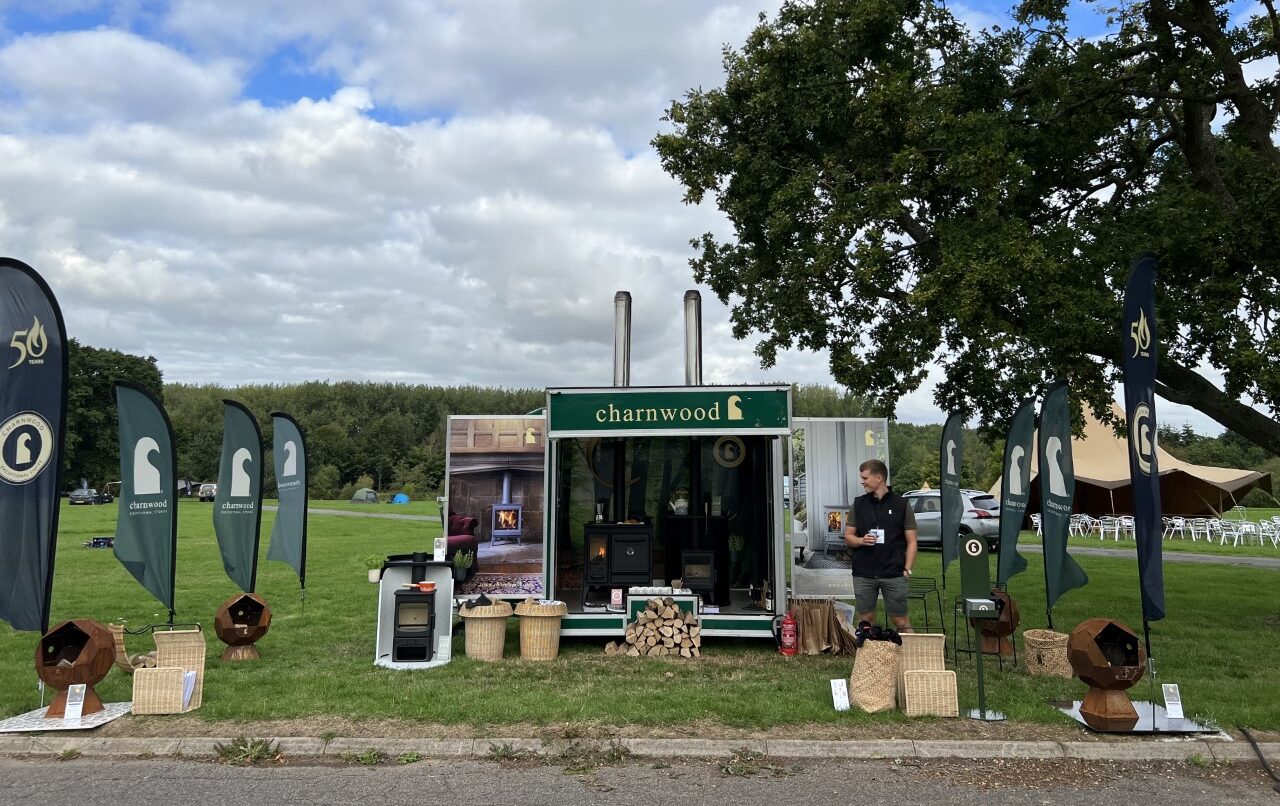
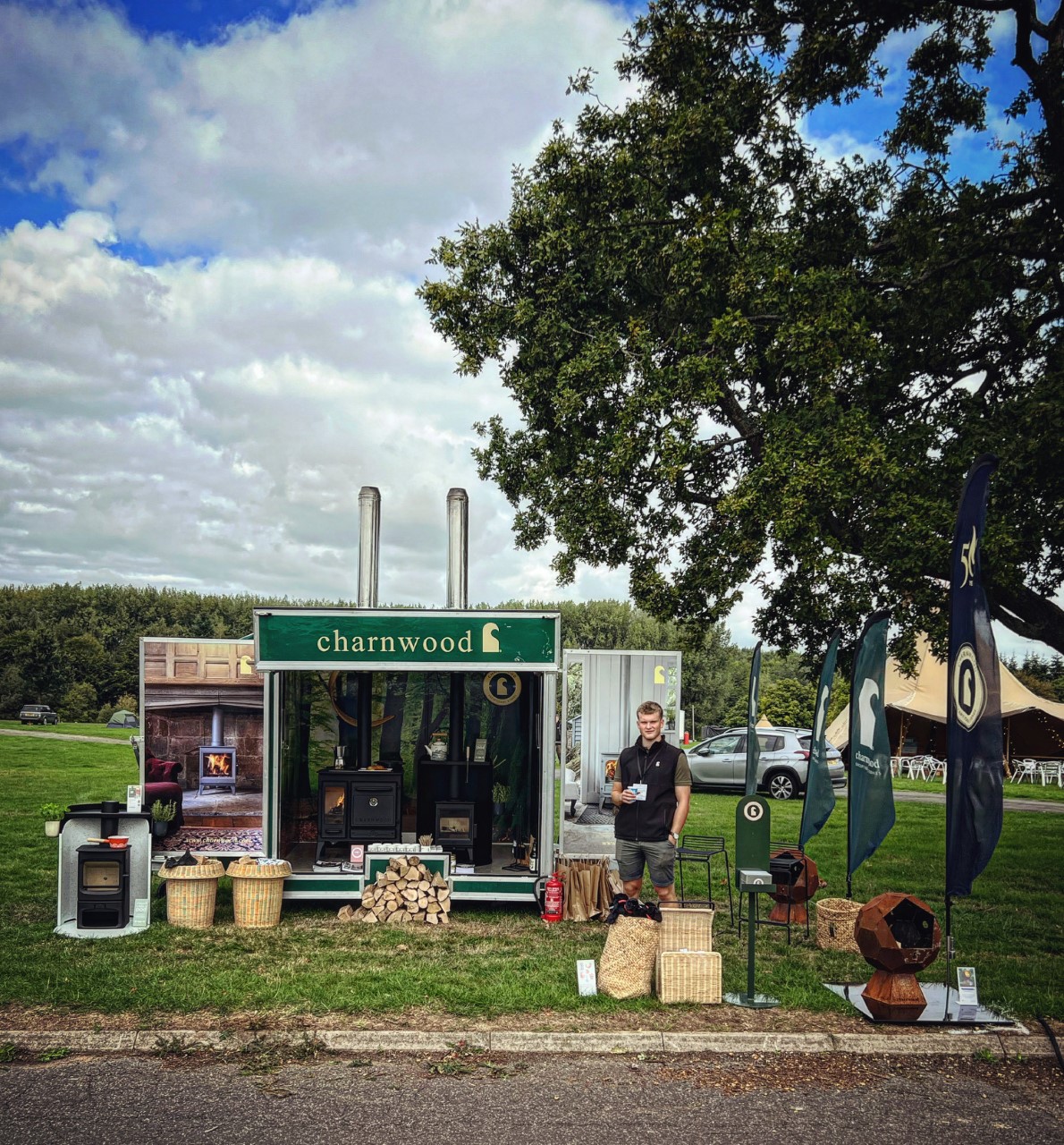
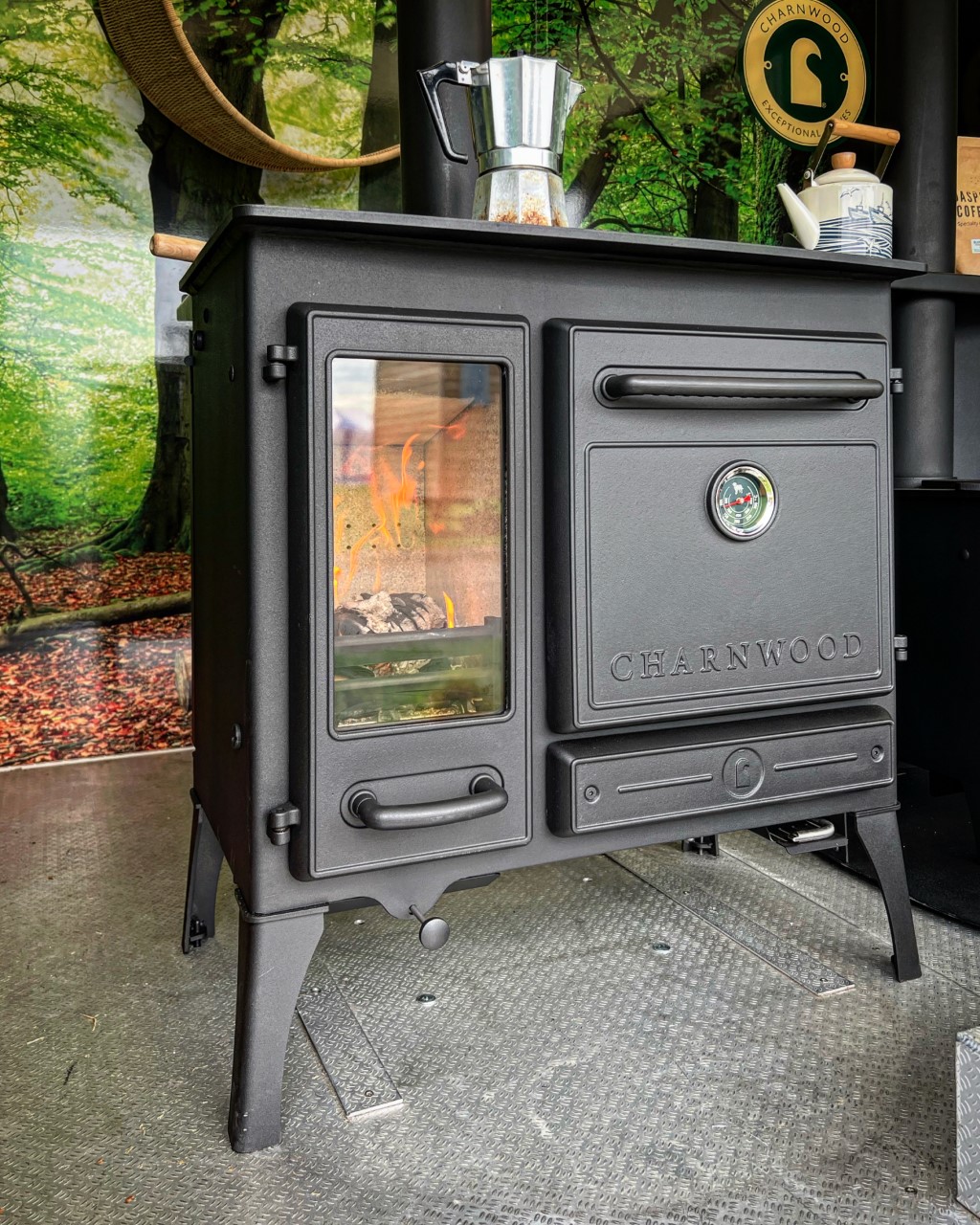
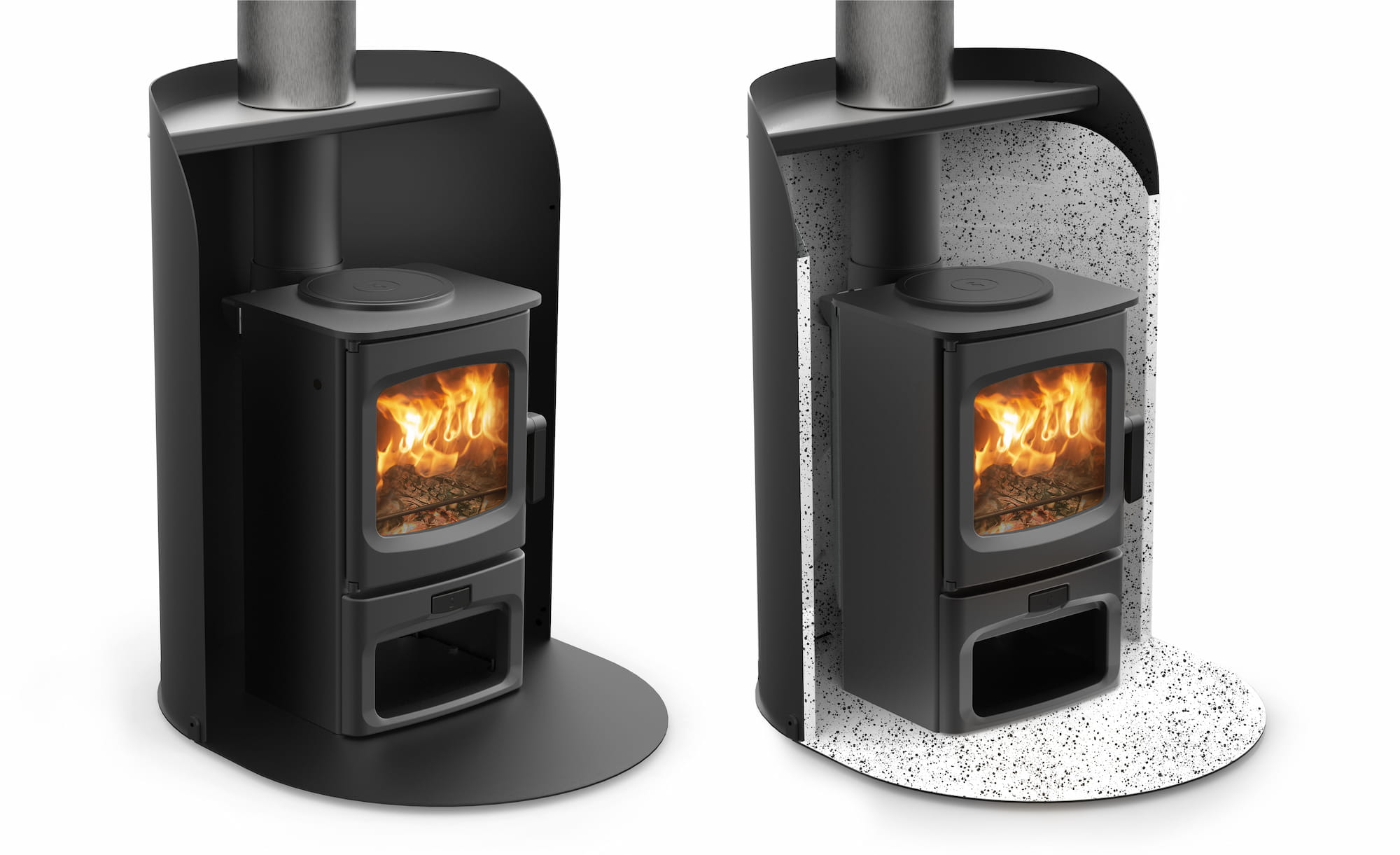
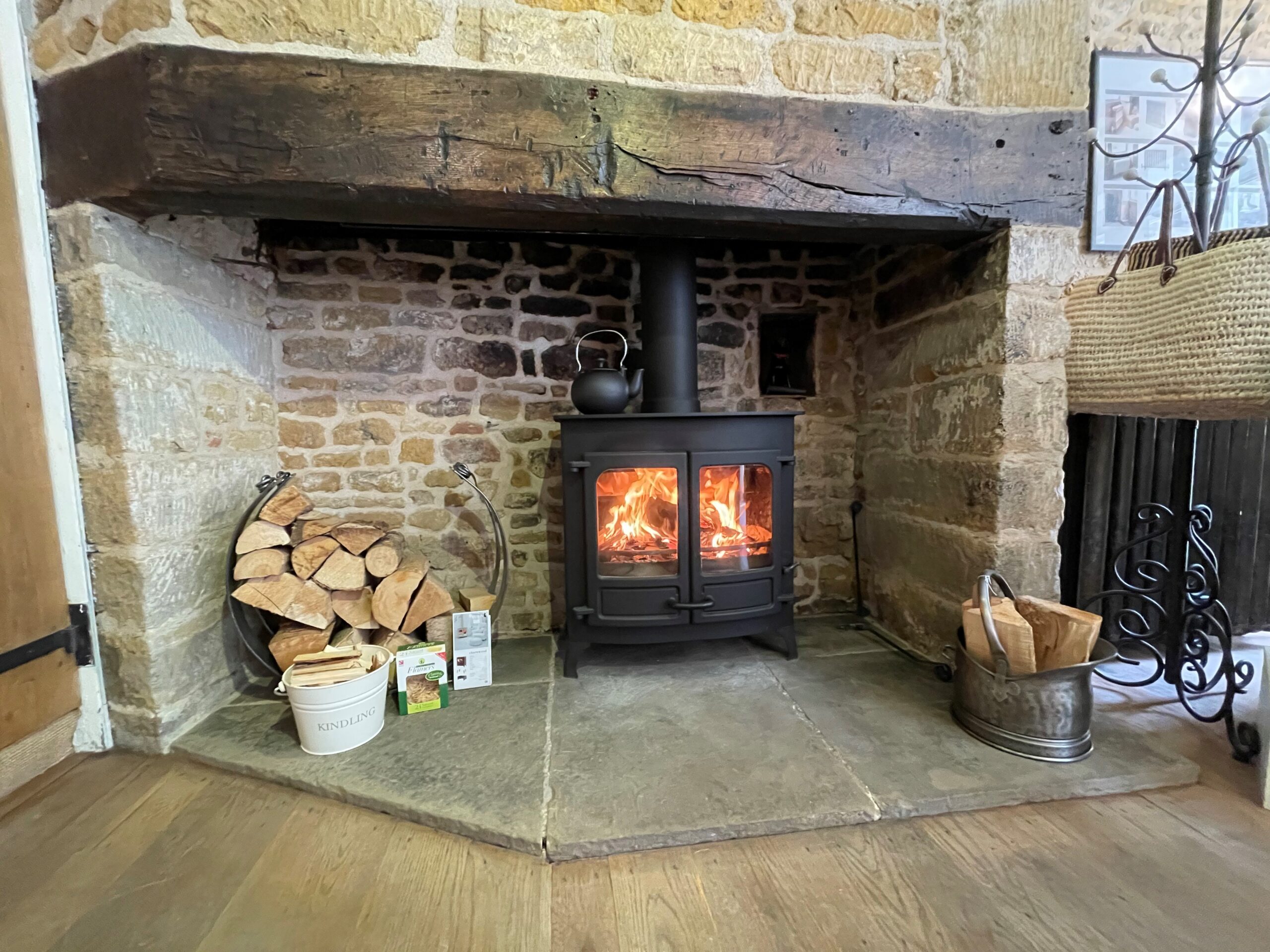

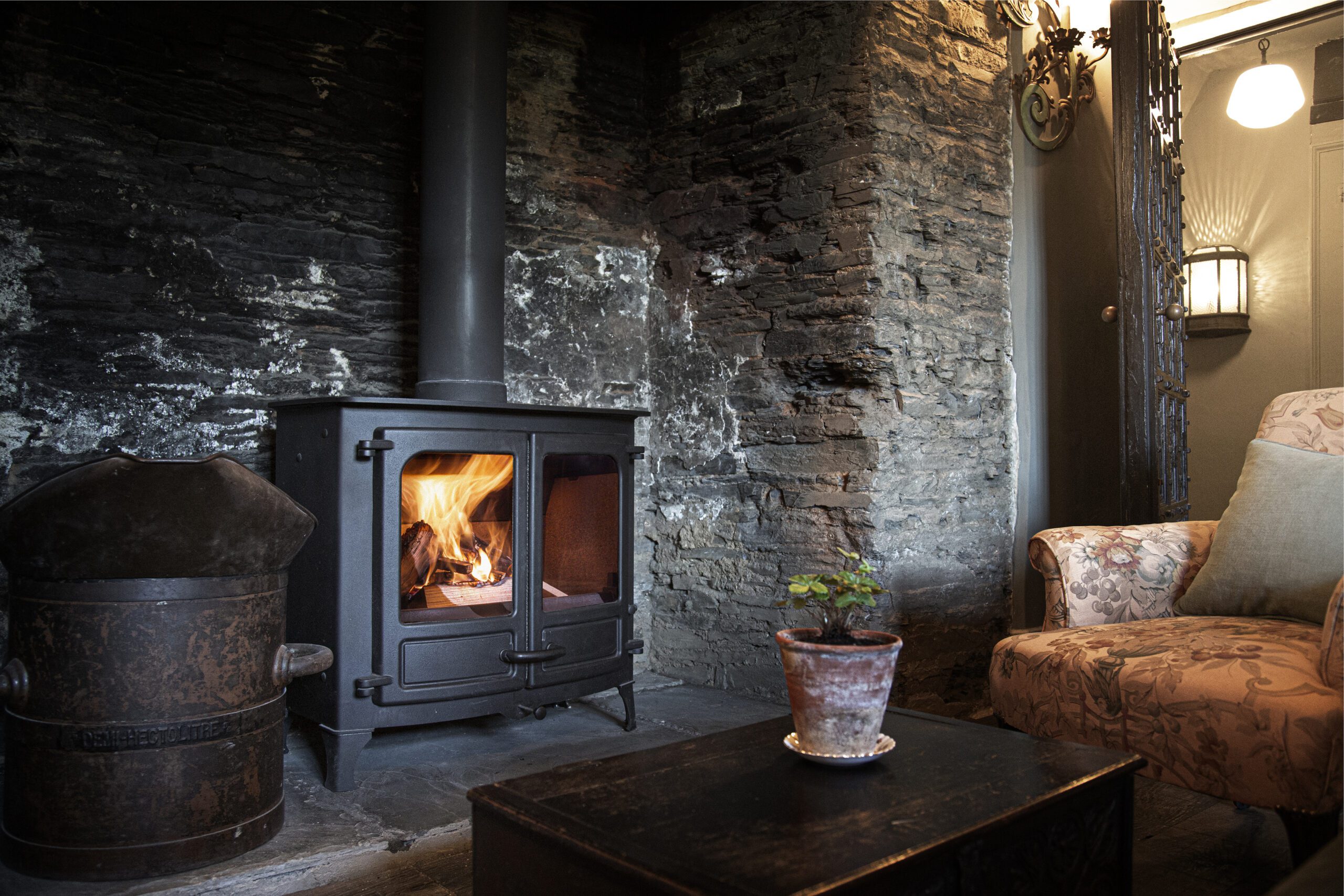
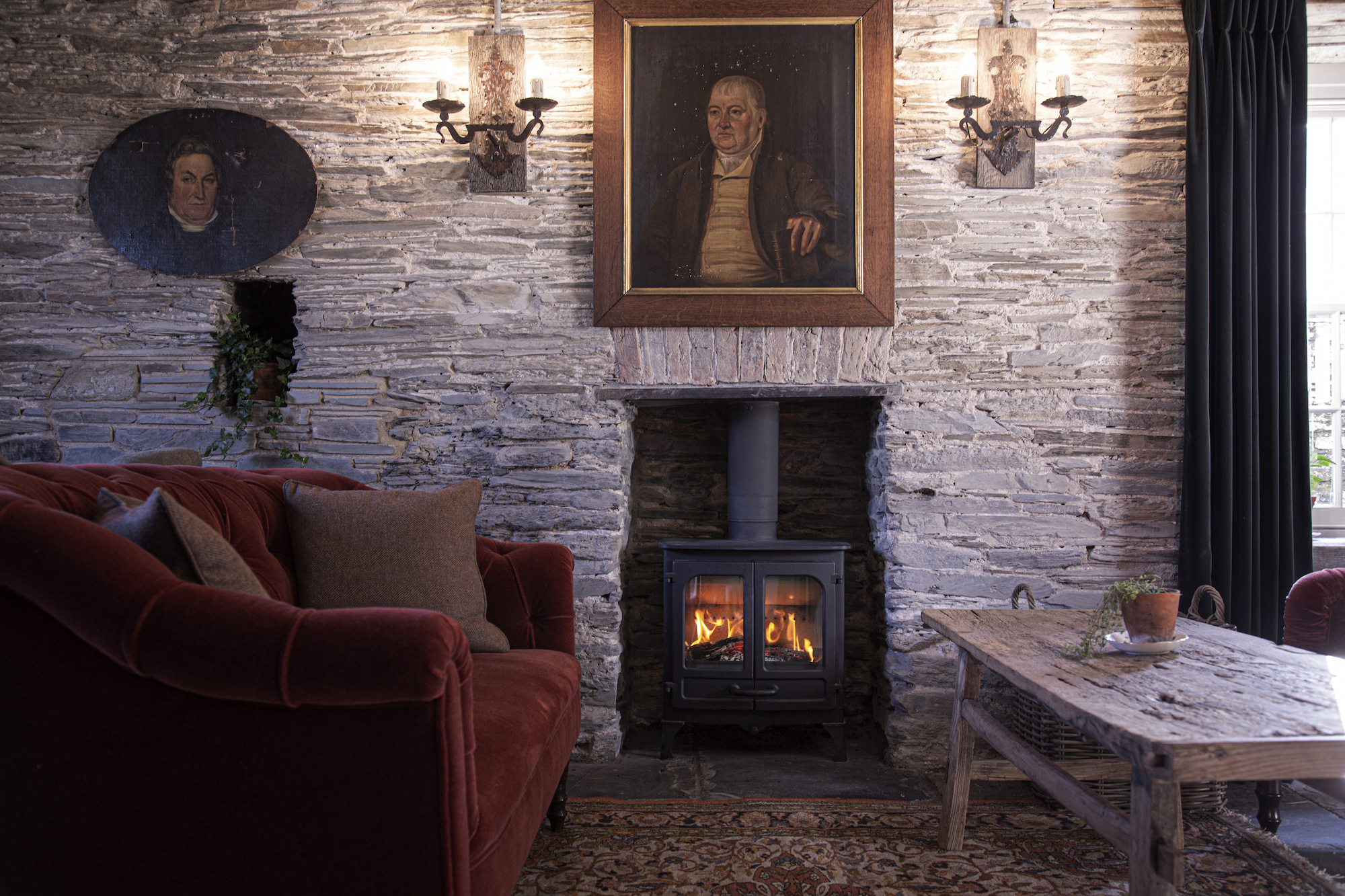
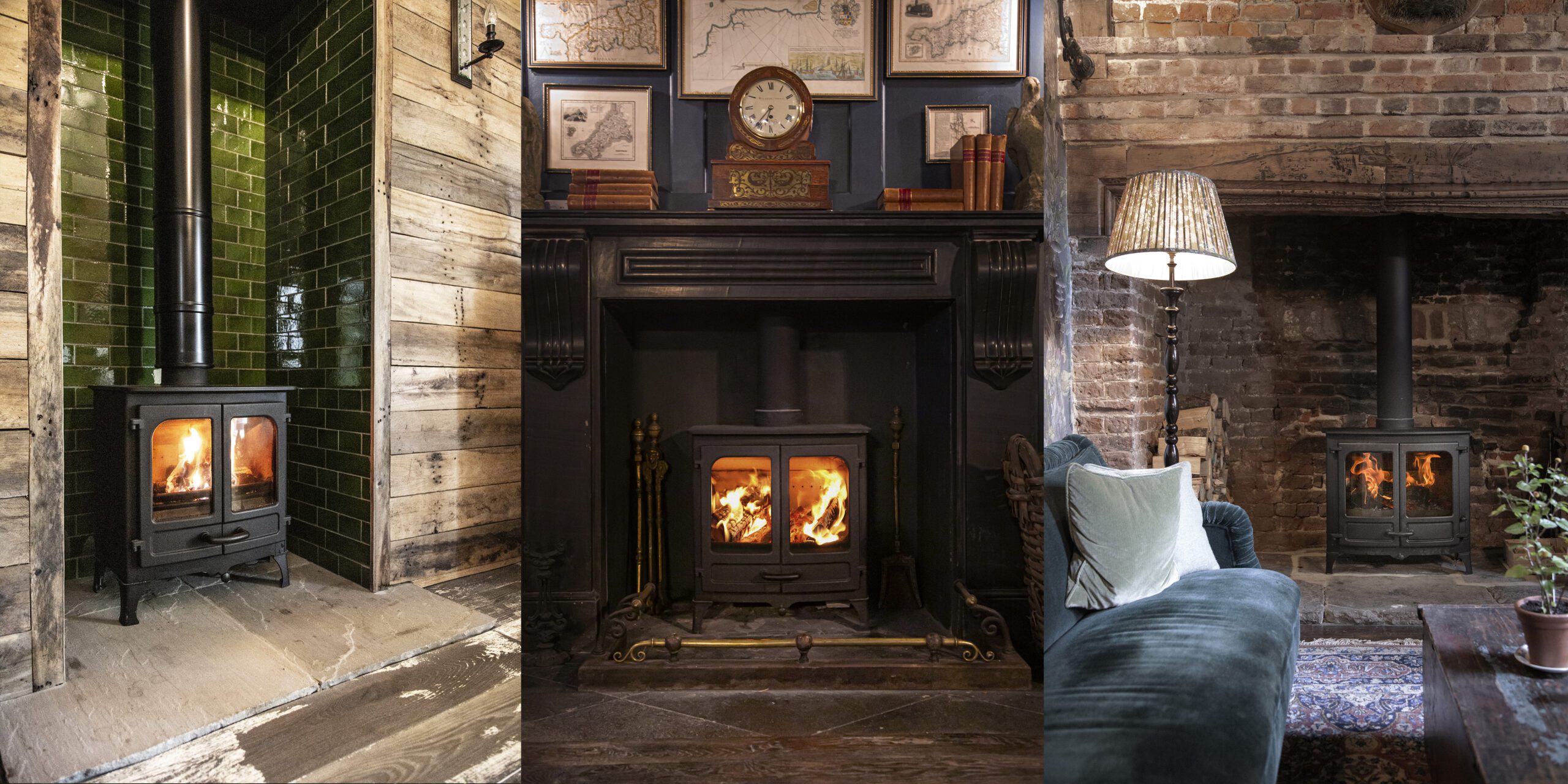
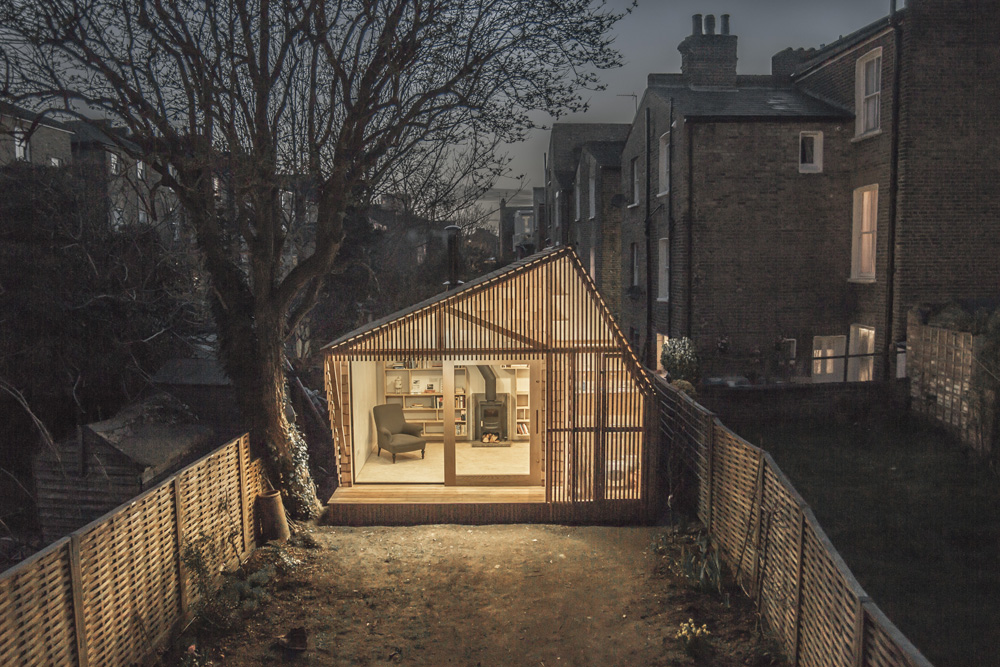
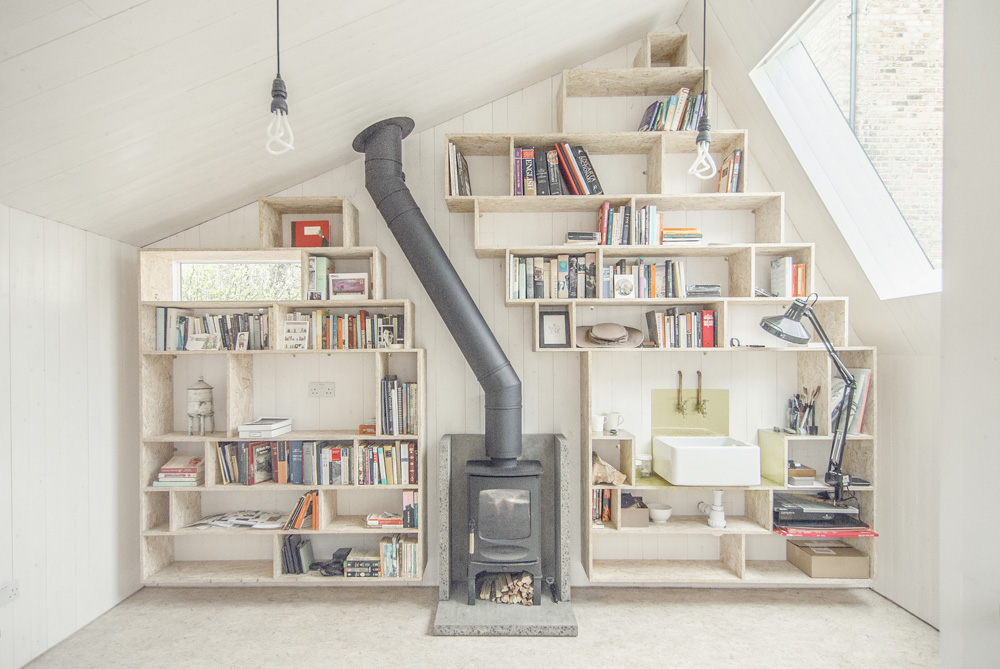
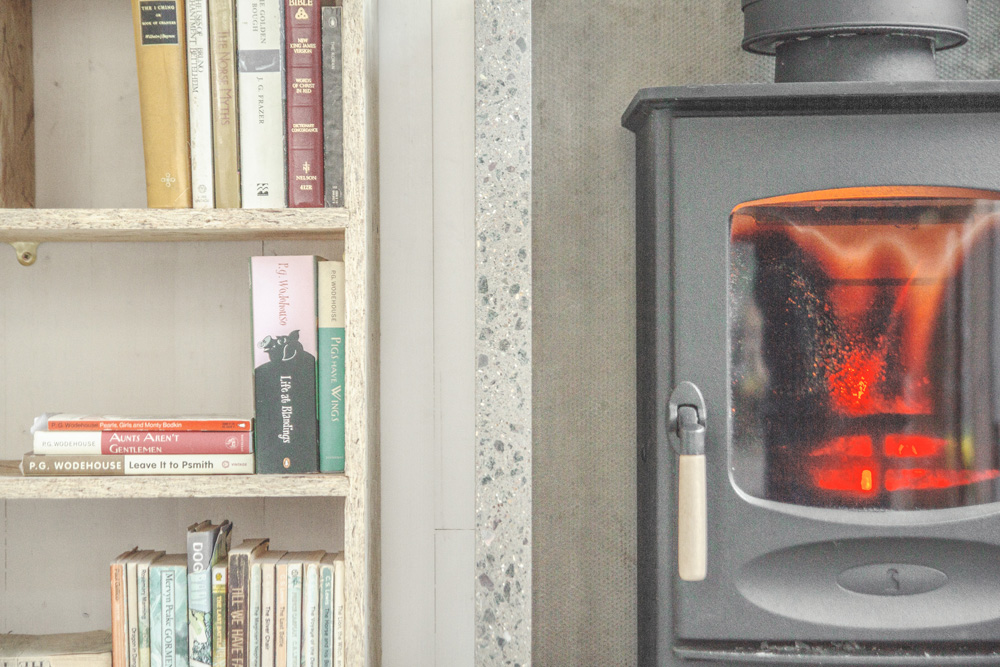
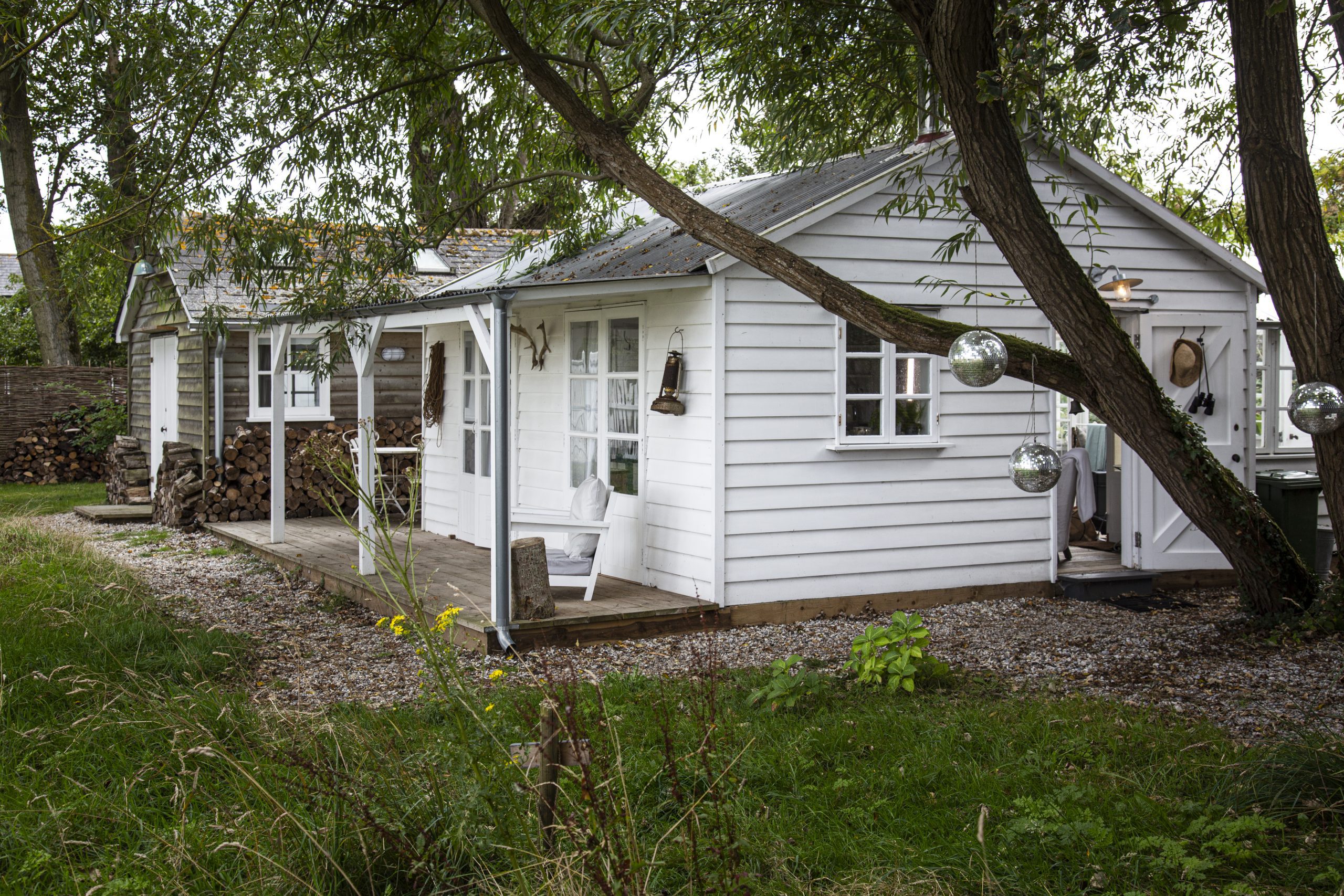
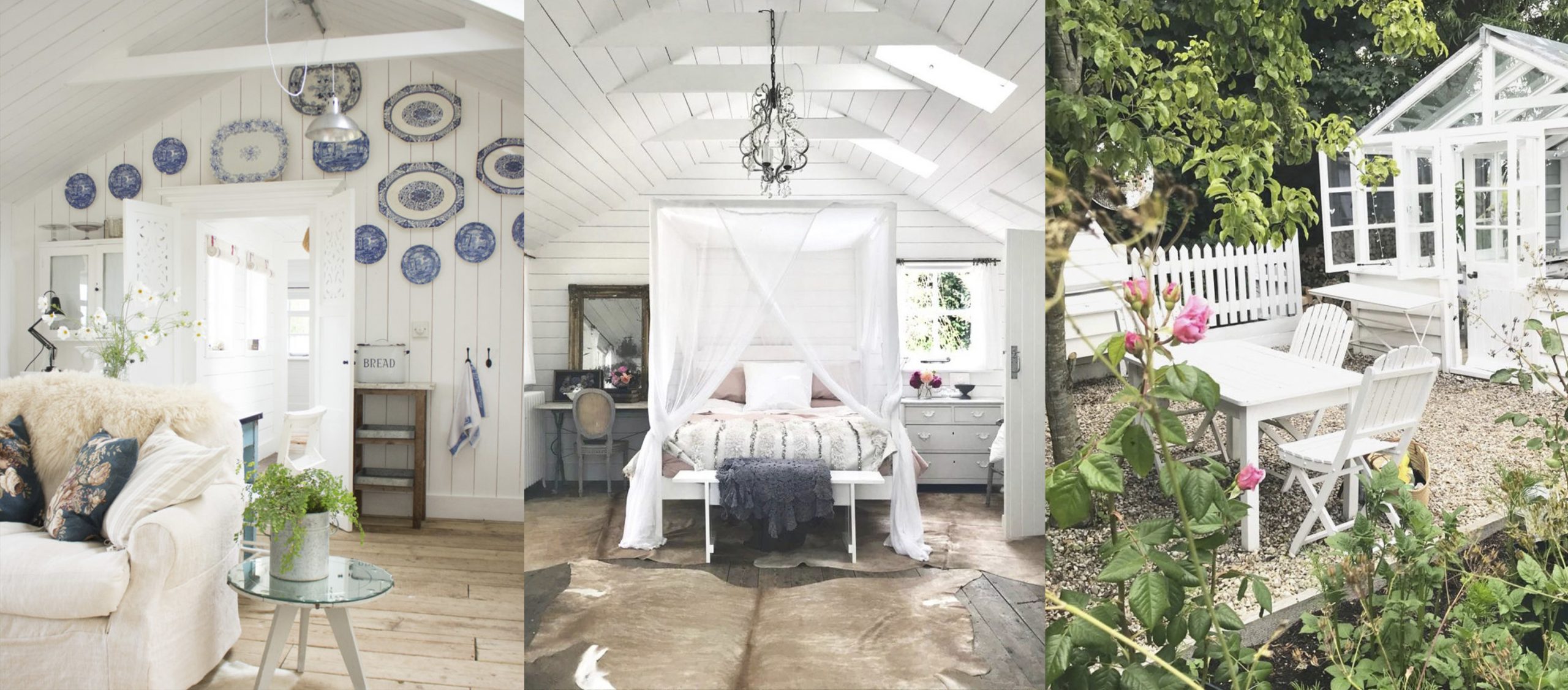
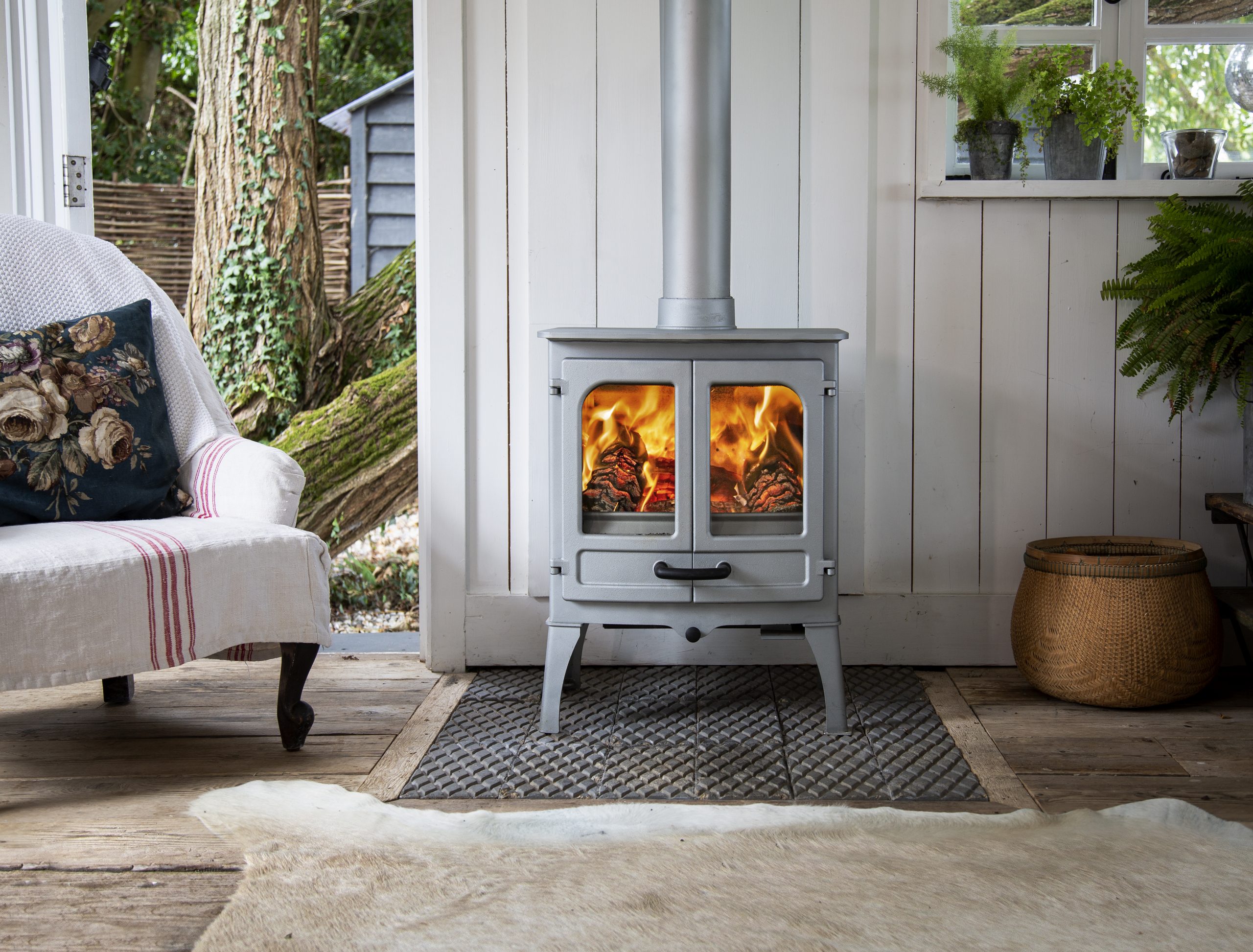
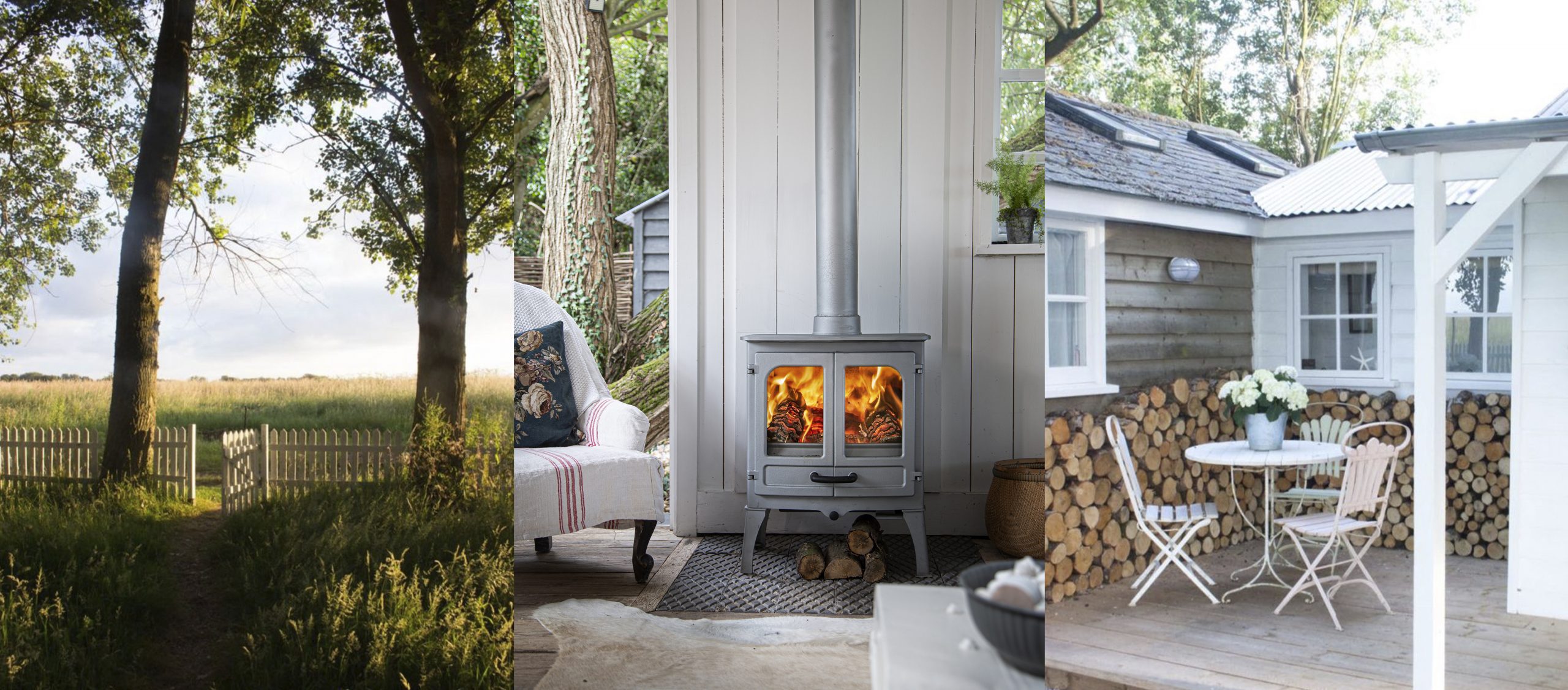
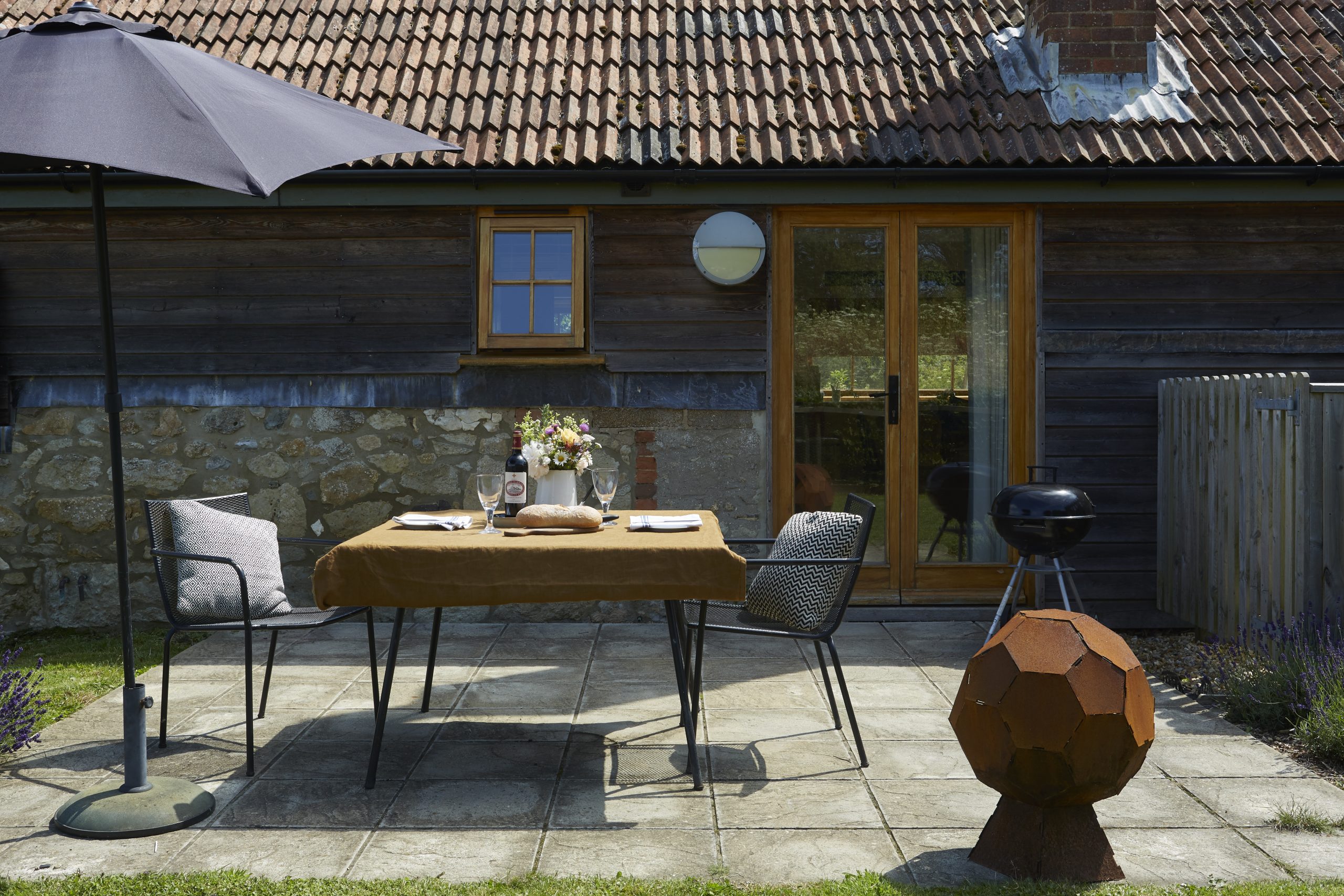
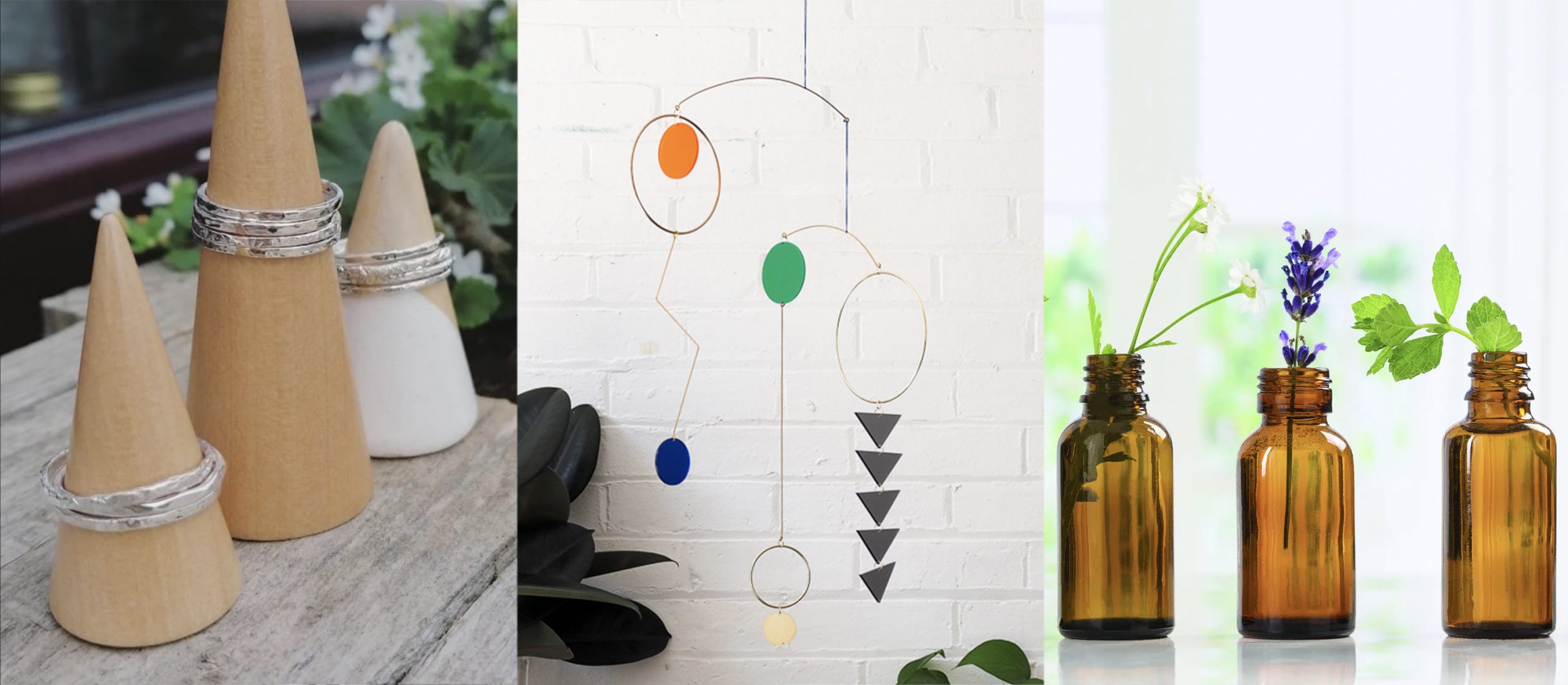 “Amy and I were chatting one evening after a sea swim and discovered we both shared the same dream of creating a gentle space where people could learn new skills, make beautiful things, and immerse themselves in the incredible natural surroundings here on the Isle of Wight.” Kelly, who will run a bespoke jewellery workshop during the Isle of Wight retreat, explains. “We have worked together to create something that we hope will give people a chance to reset and come away restored.”
“Amy and I were chatting one evening after a sea swim and discovered we both shared the same dream of creating a gentle space where people could learn new skills, make beautiful things, and immerse themselves in the incredible natural surroundings here on the Isle of Wight.” Kelly, who will run a bespoke jewellery workshop during the Isle of Wight retreat, explains. “We have worked together to create something that we hope will give people a chance to reset and come away restored.”